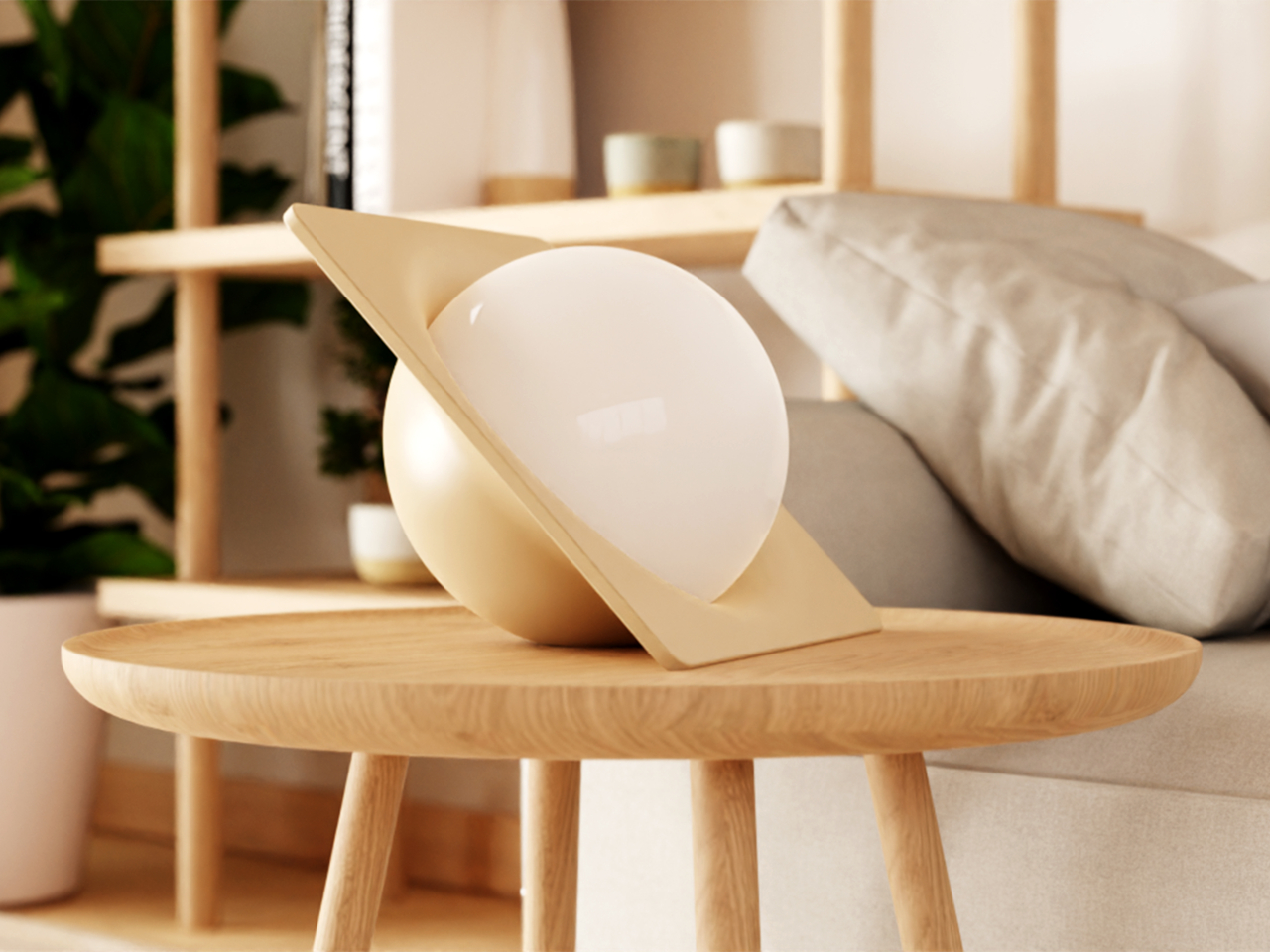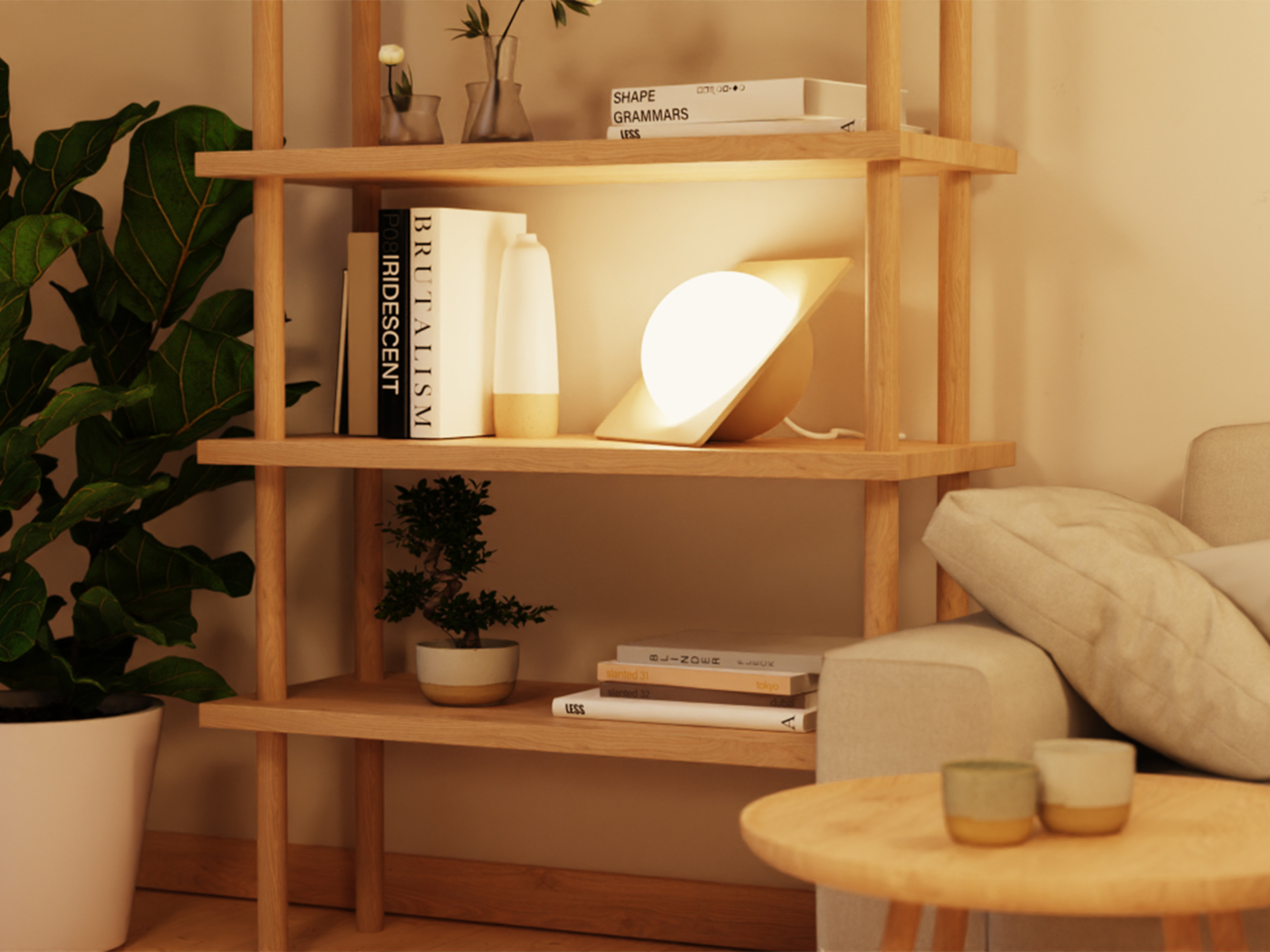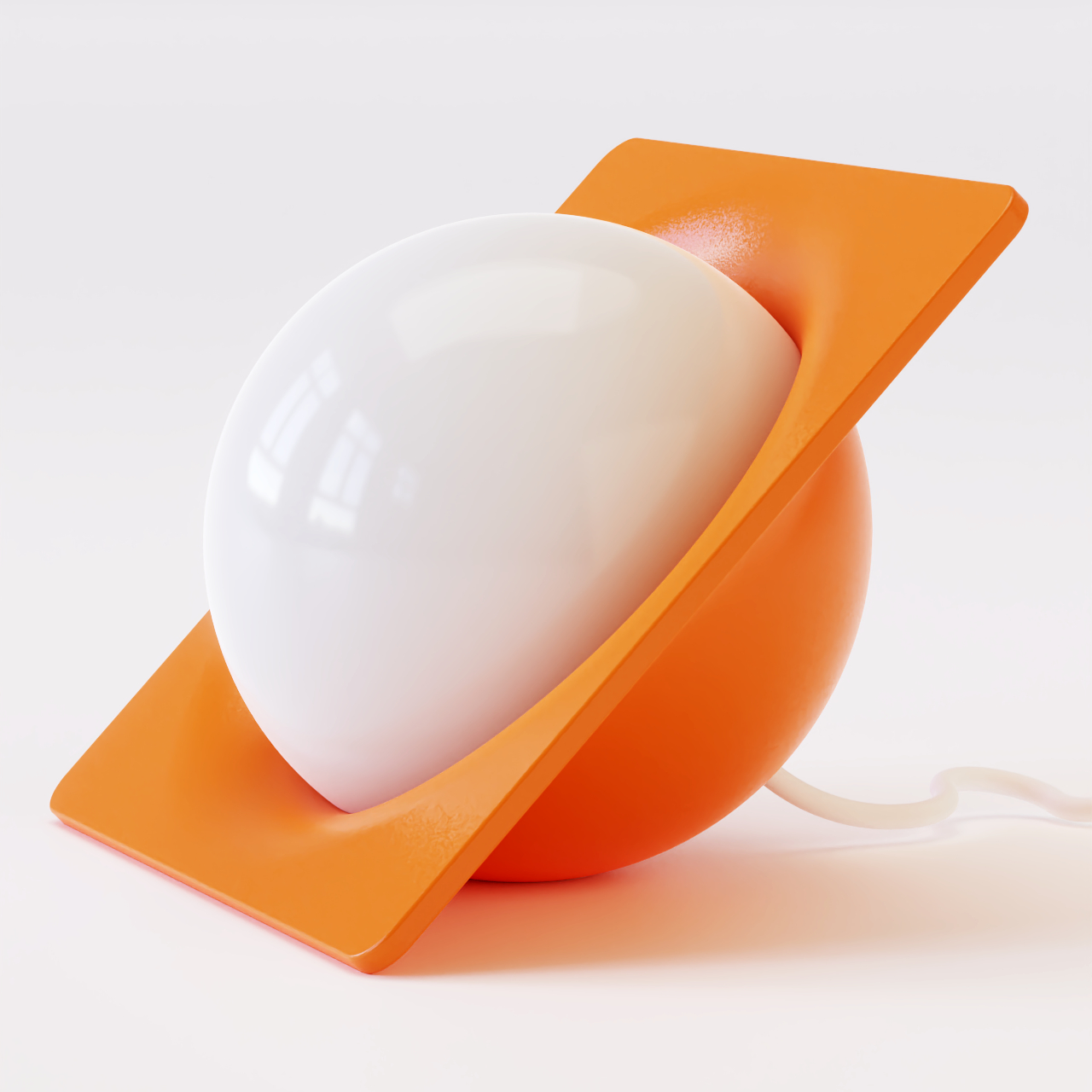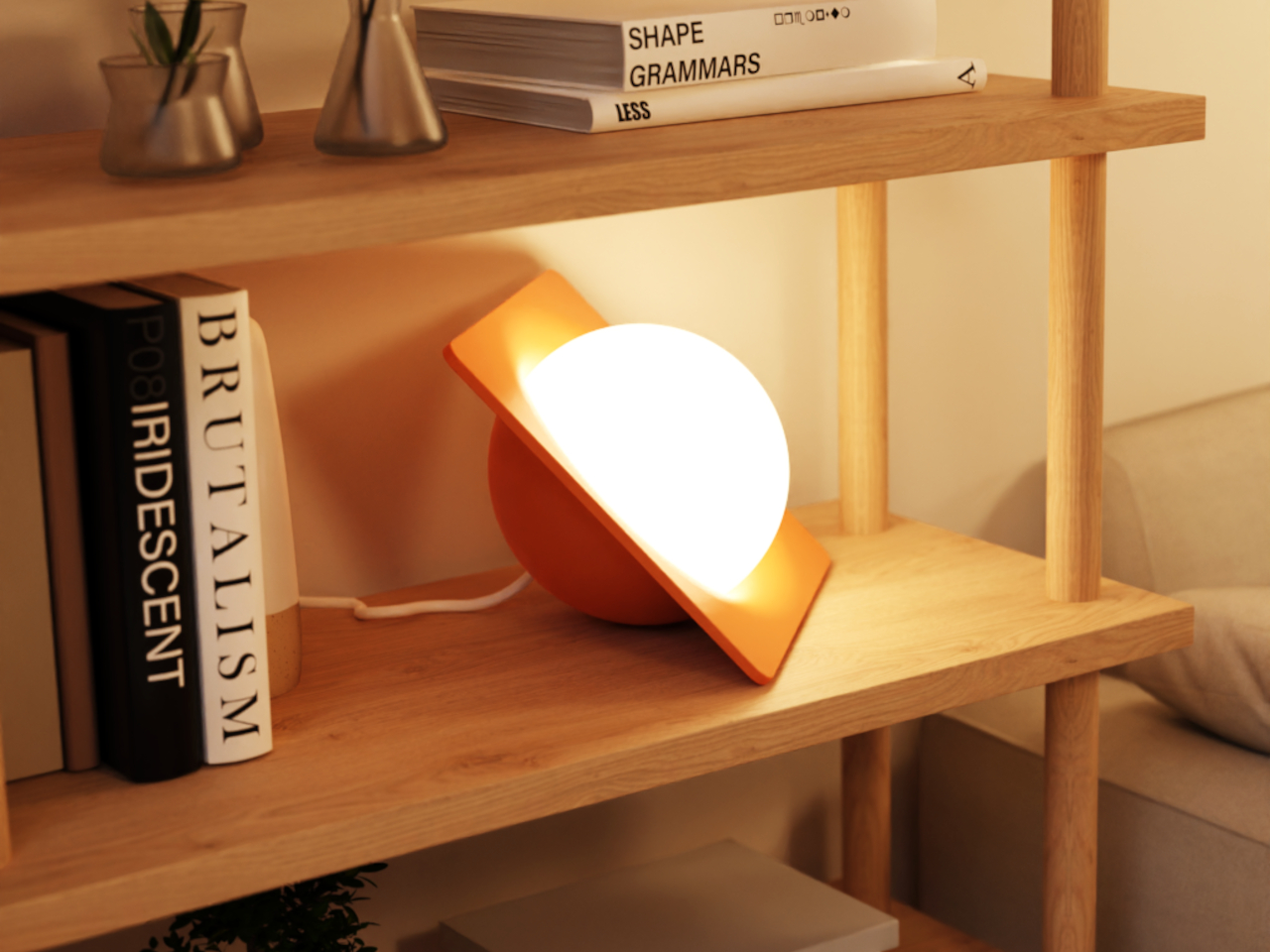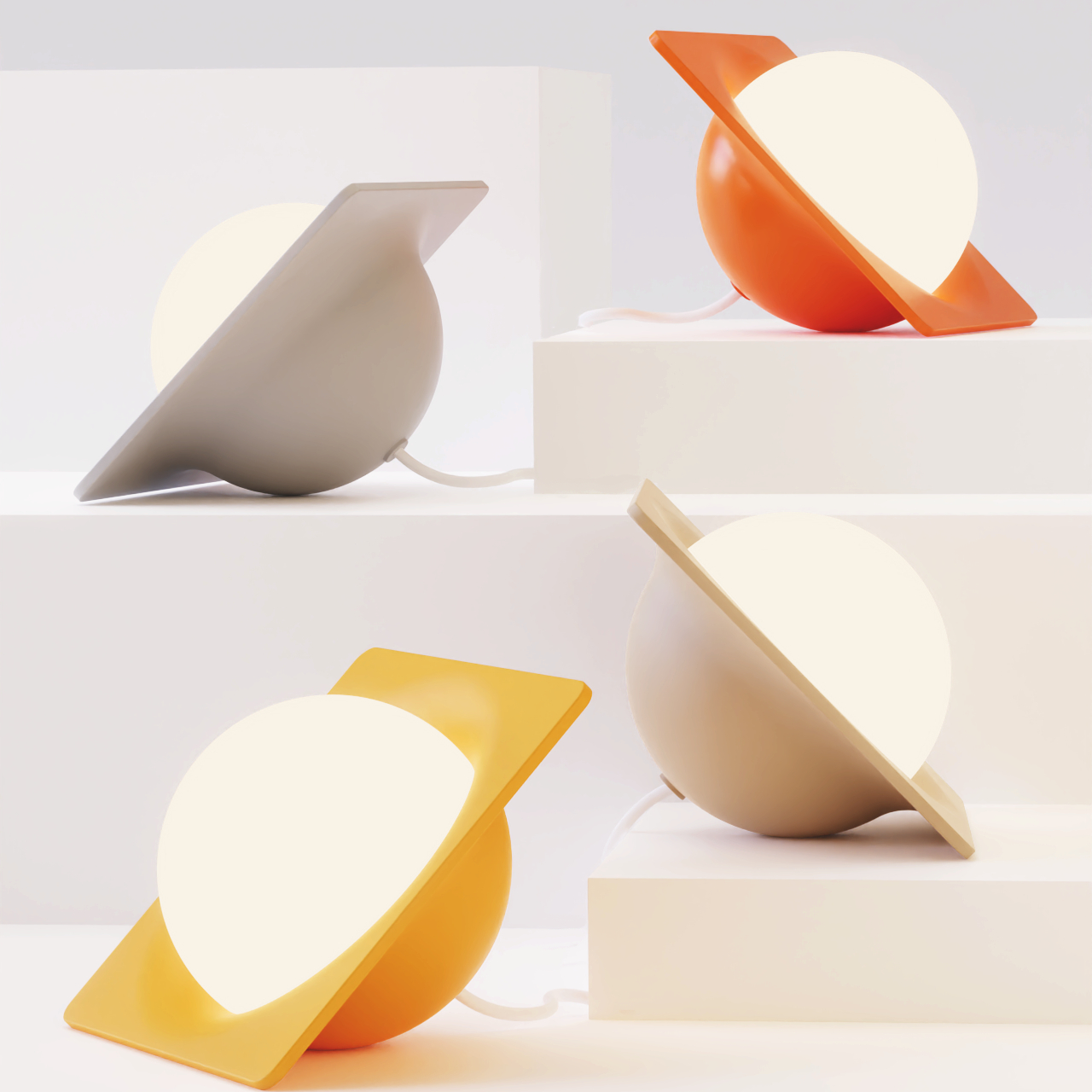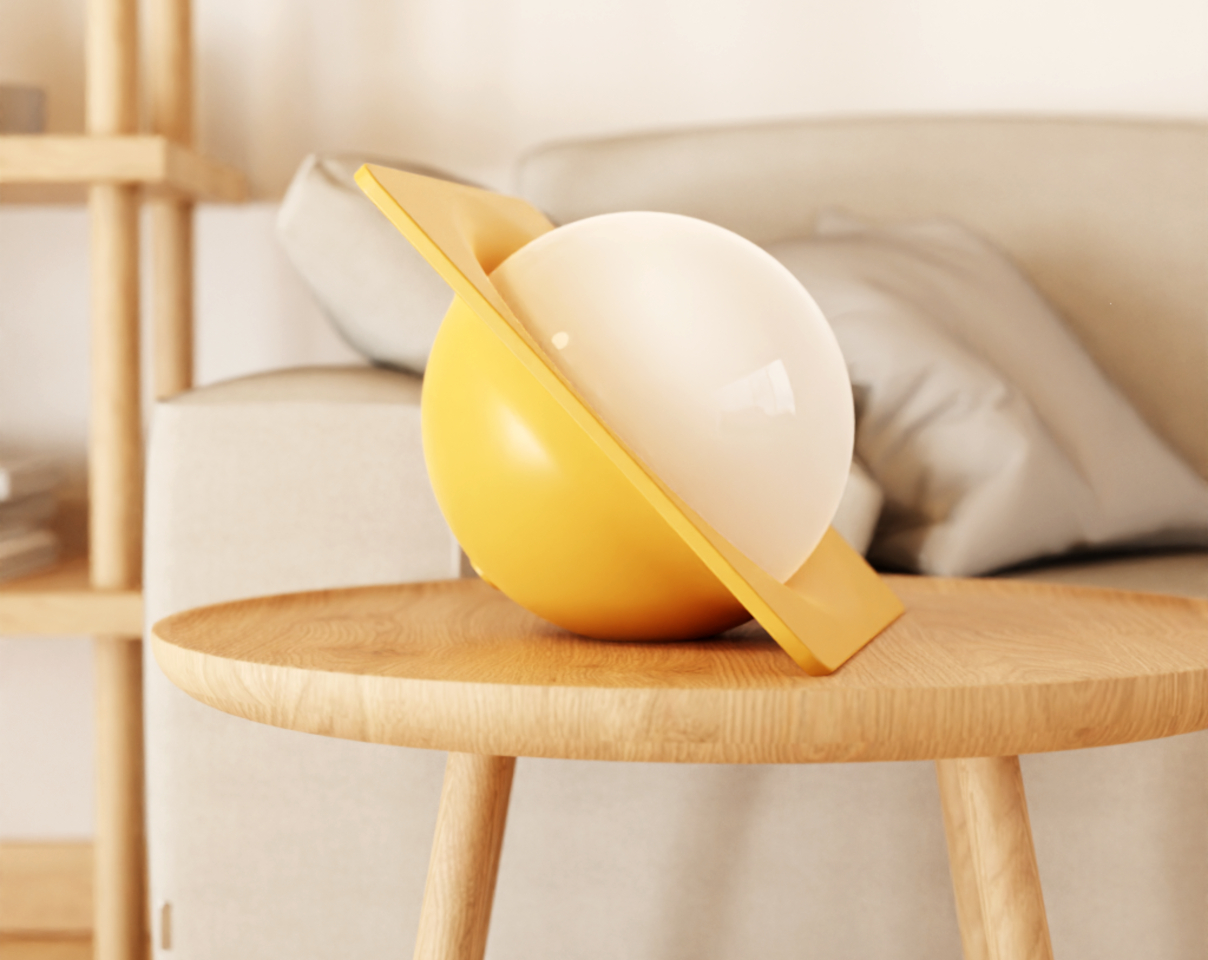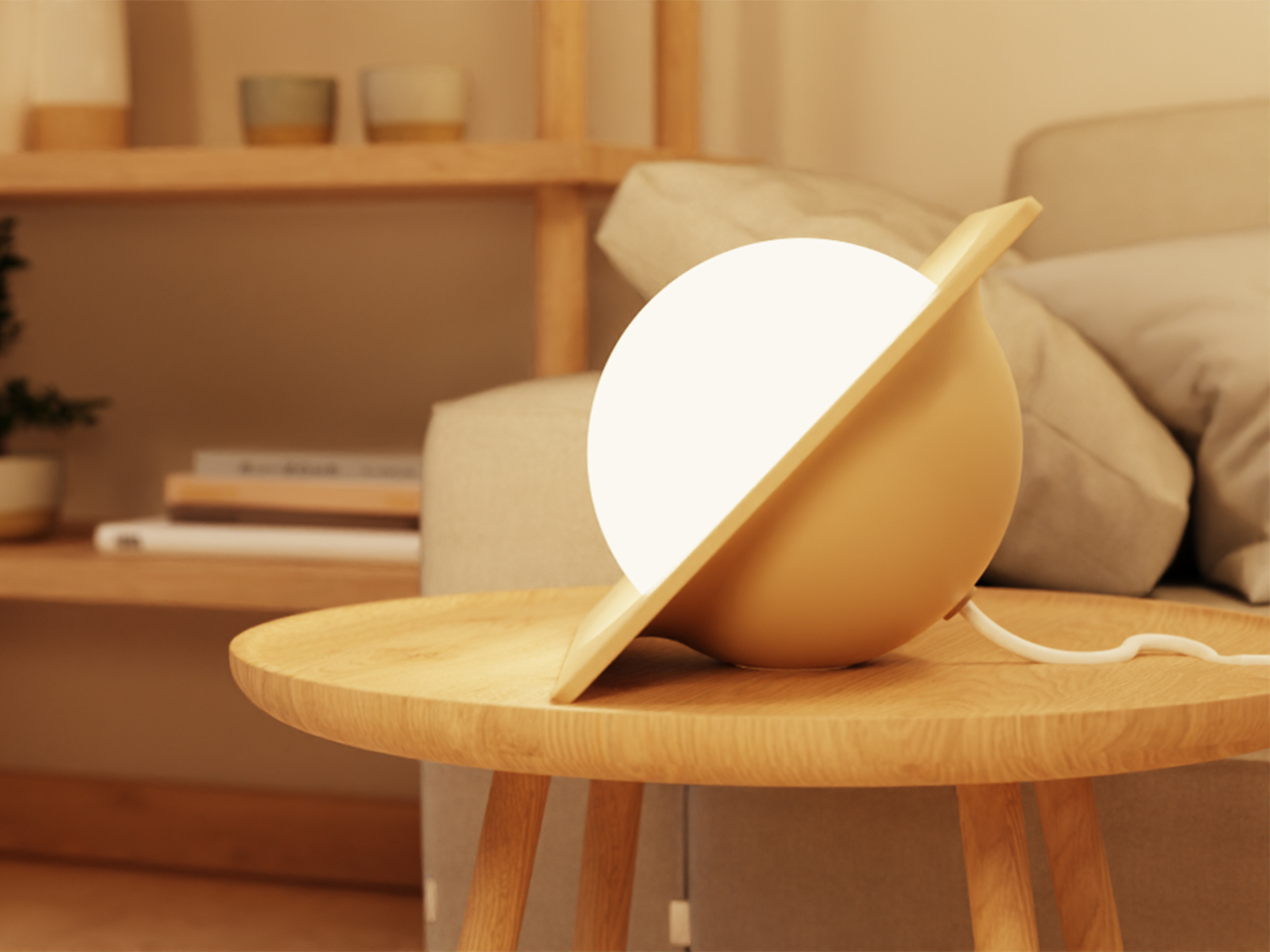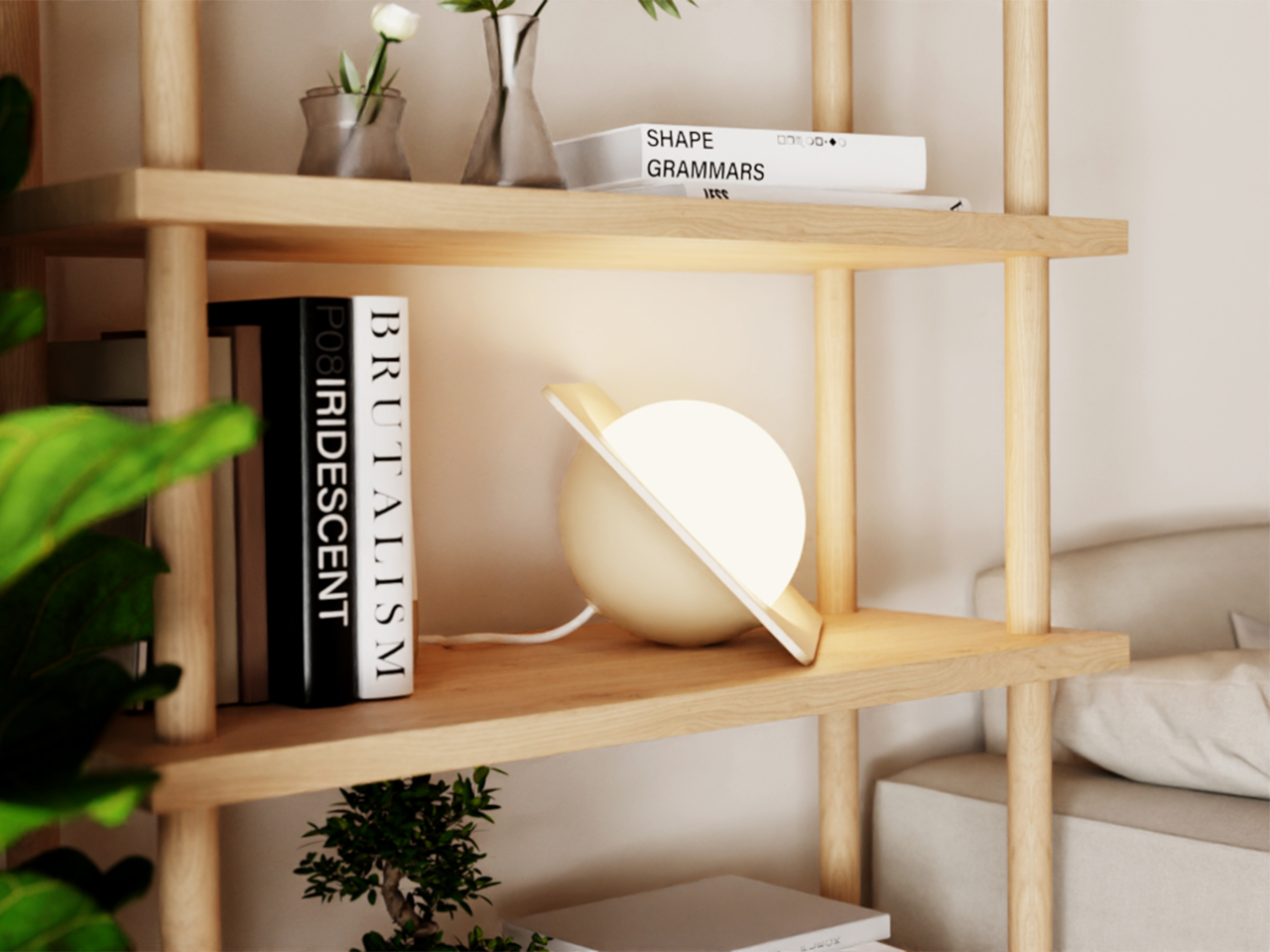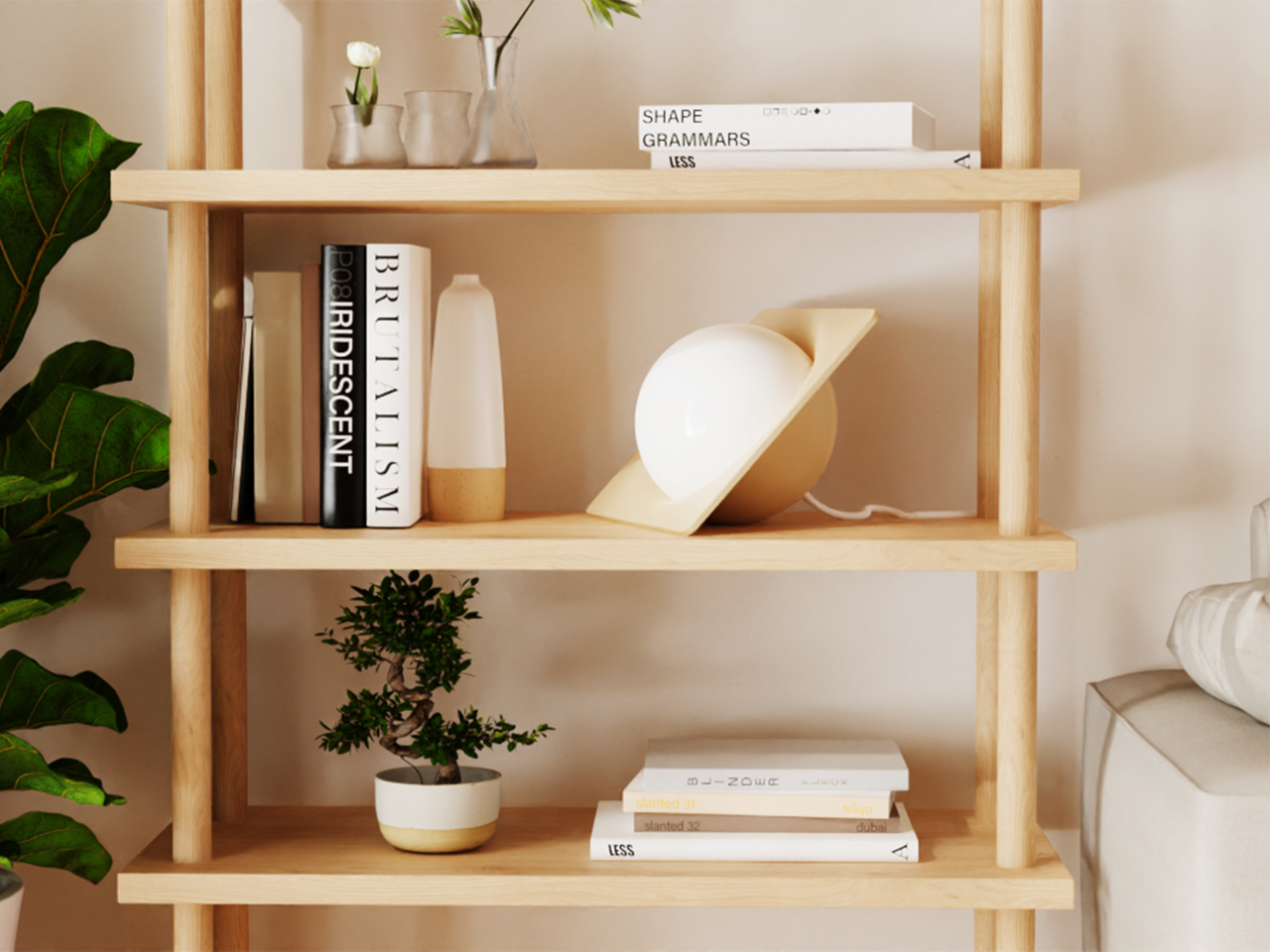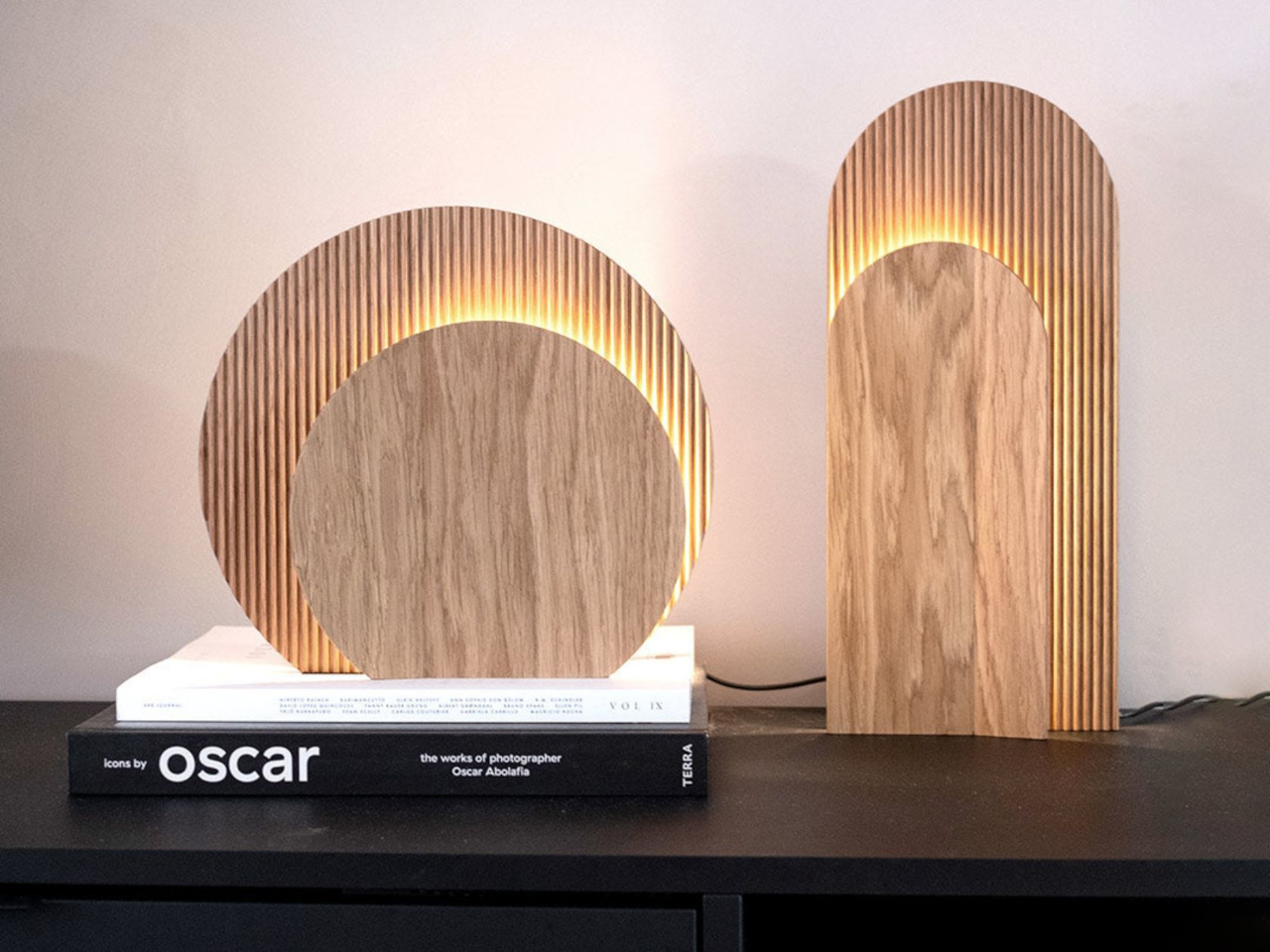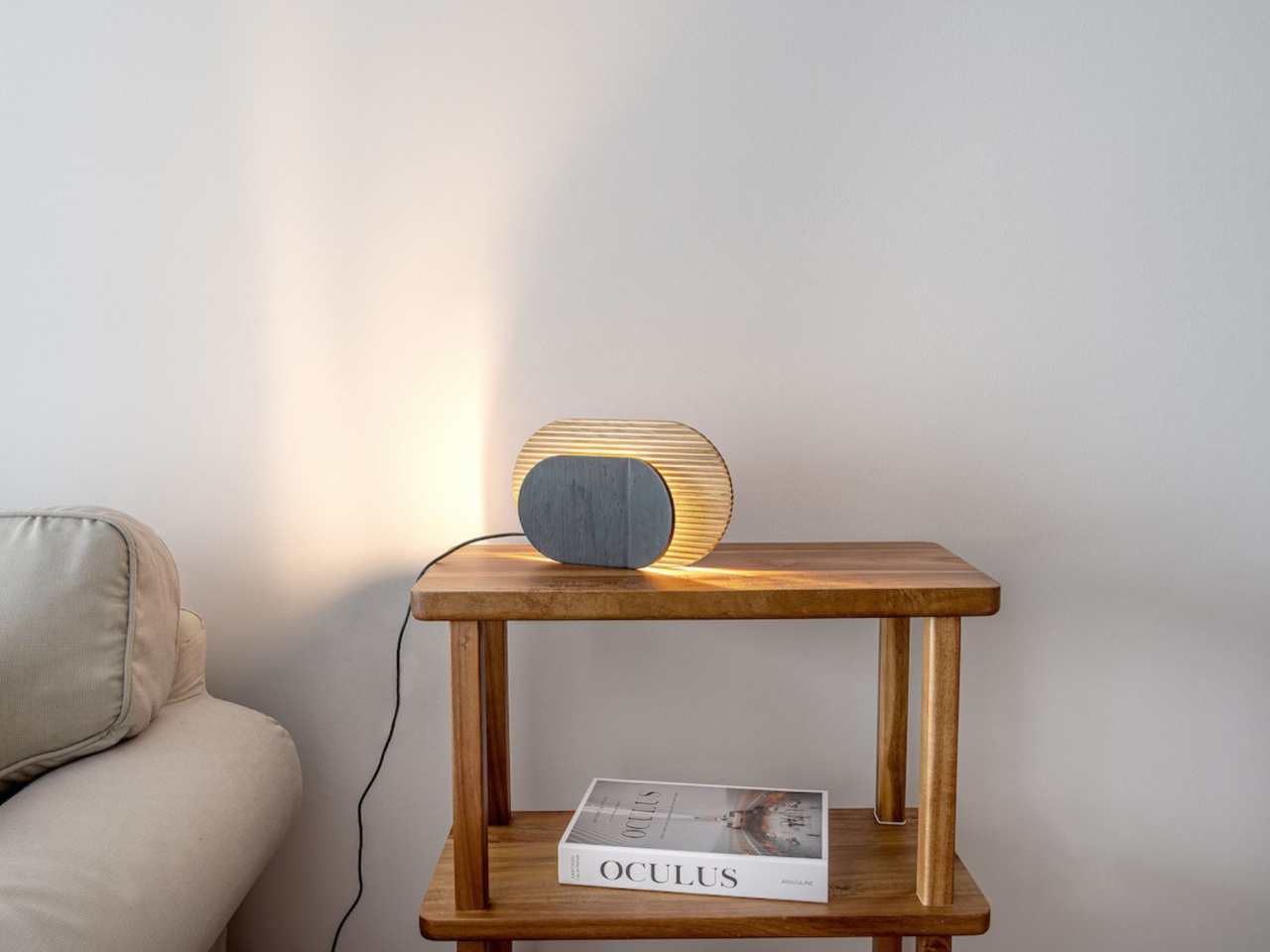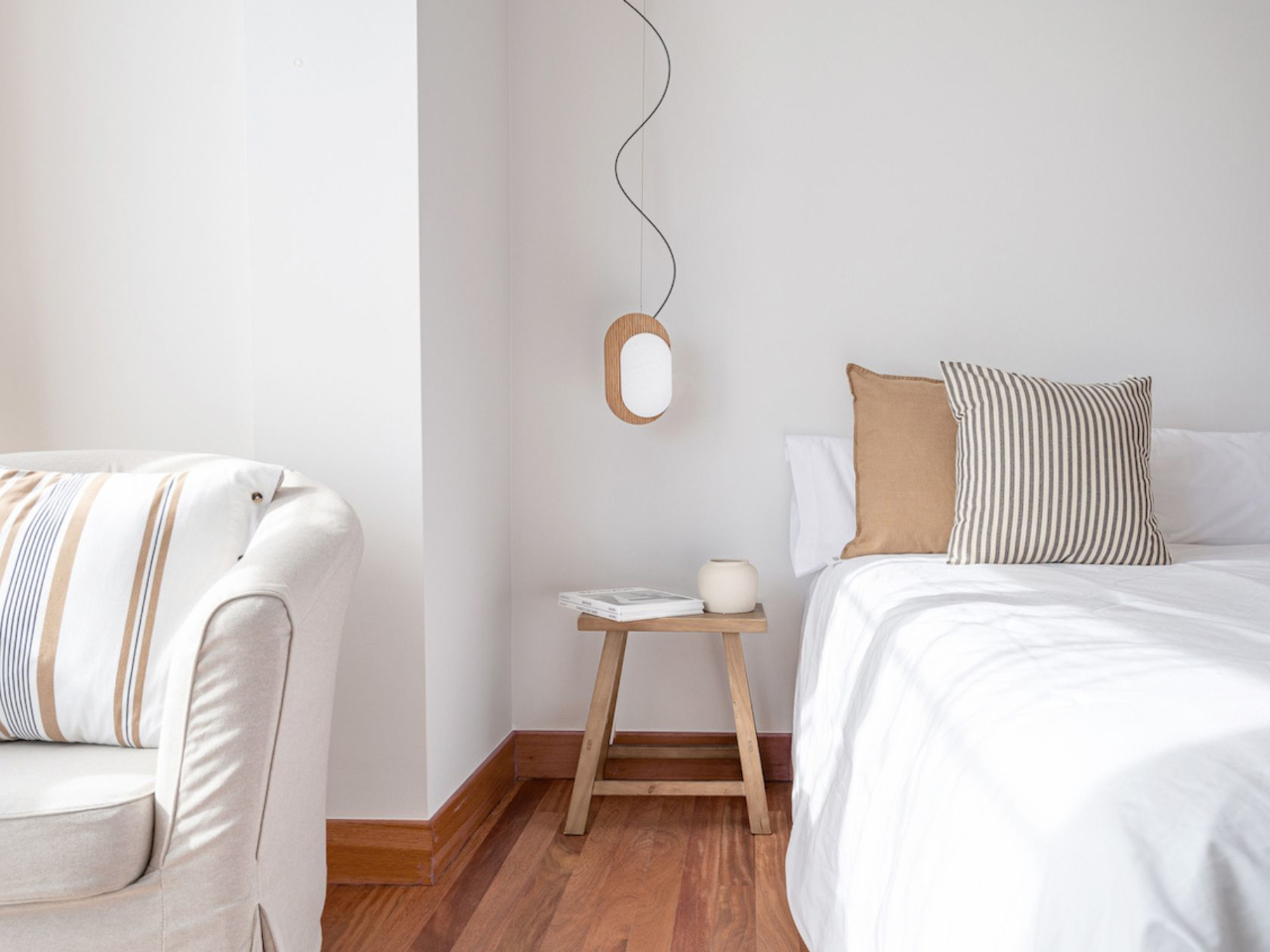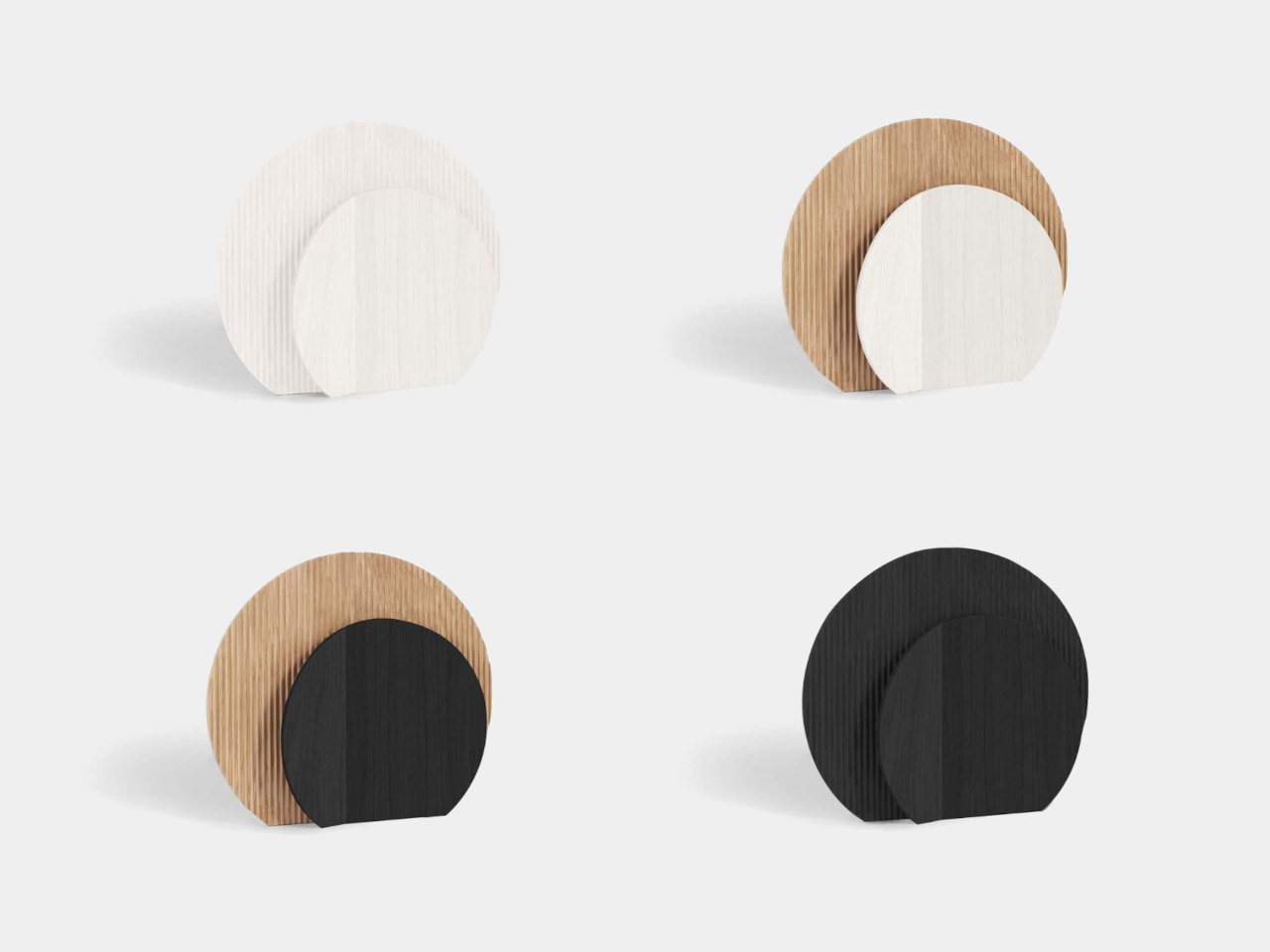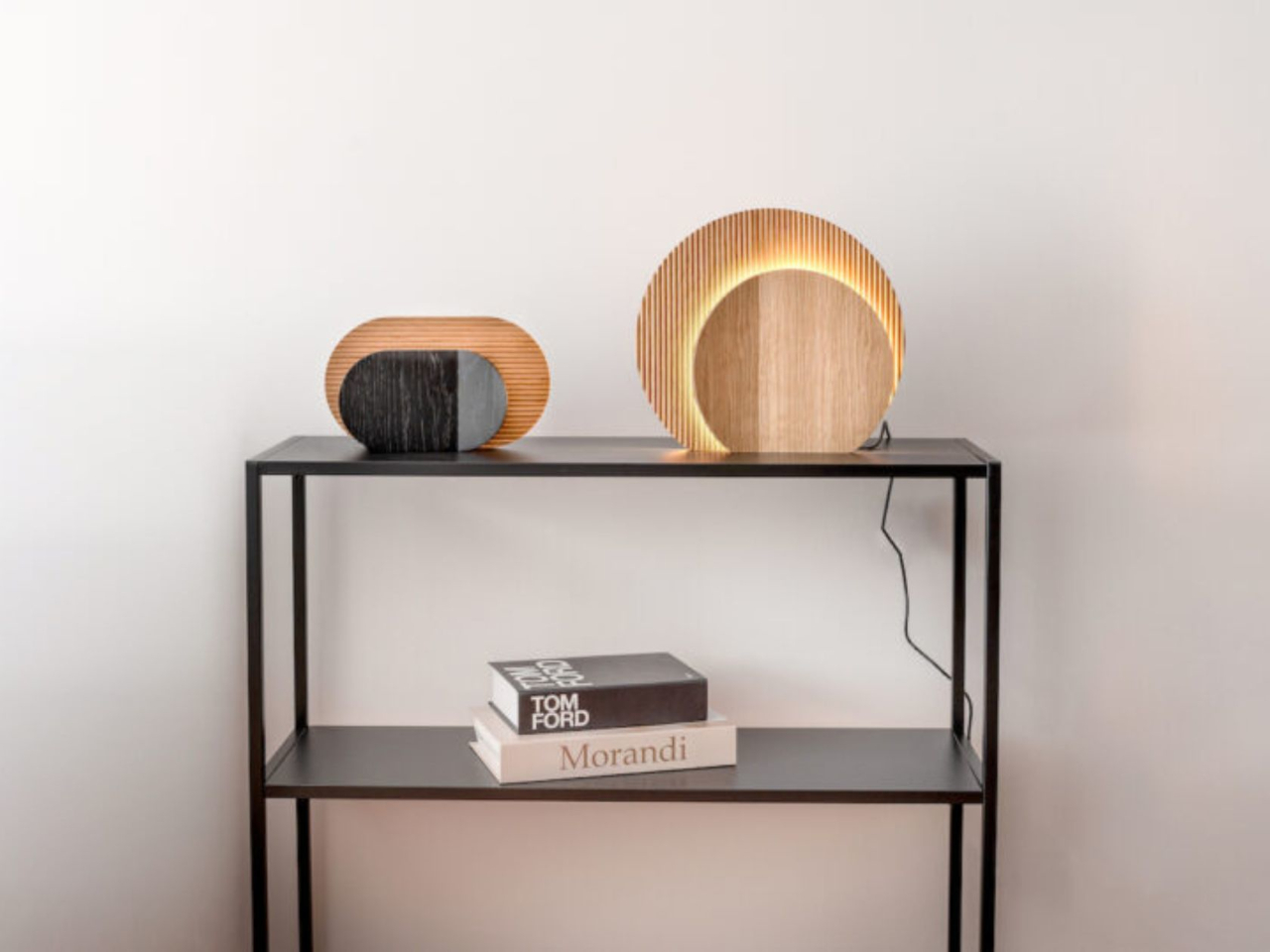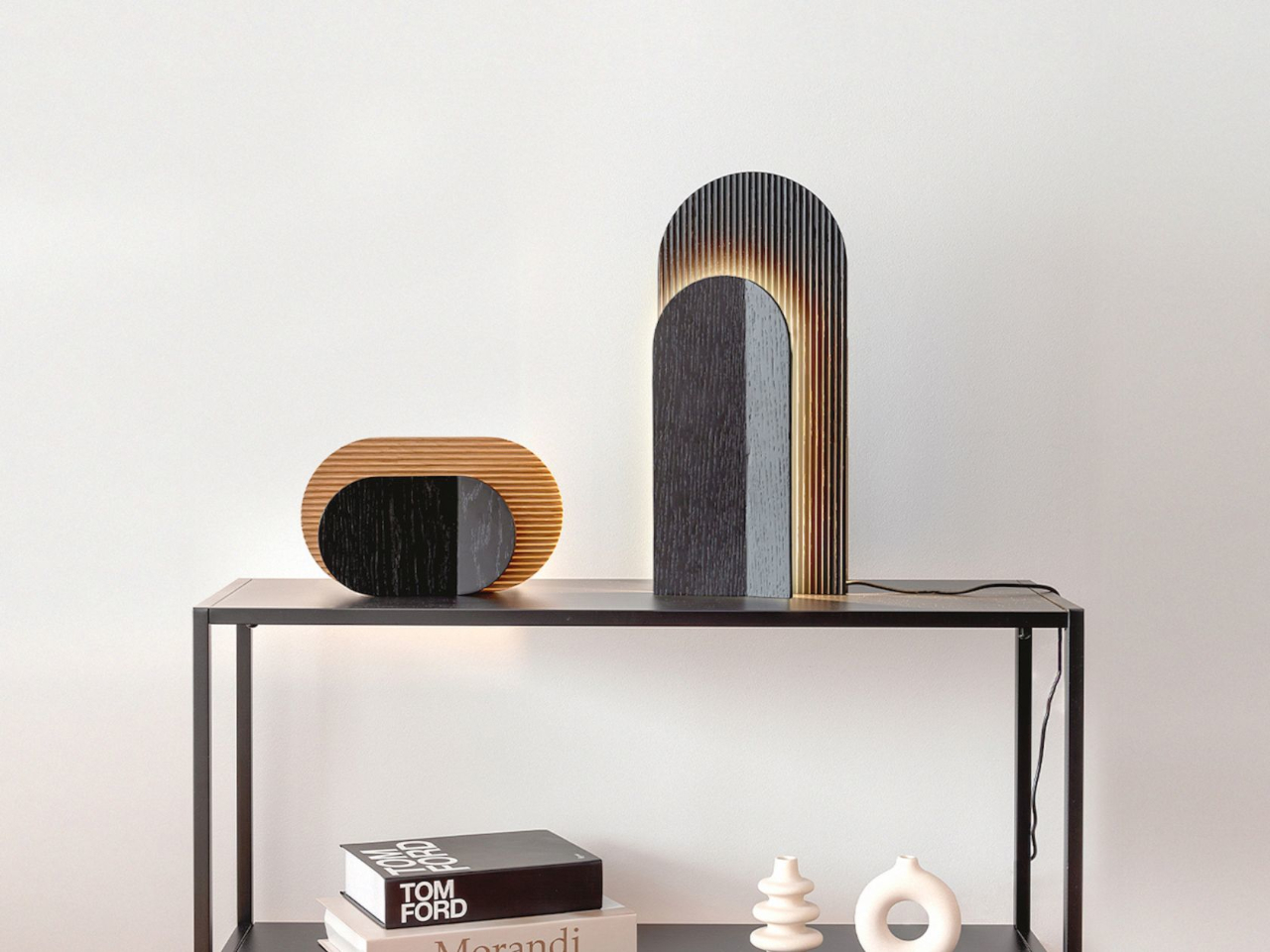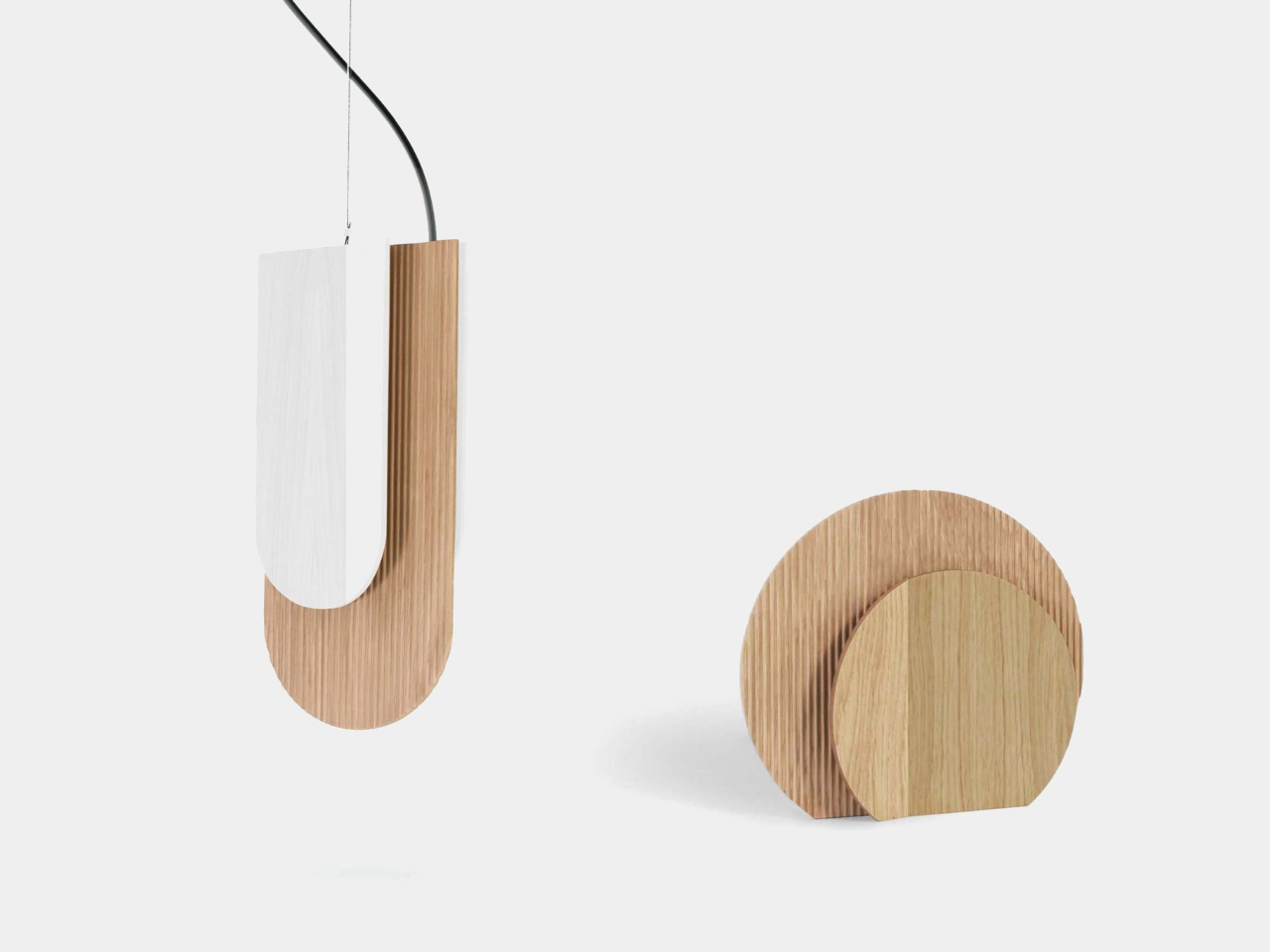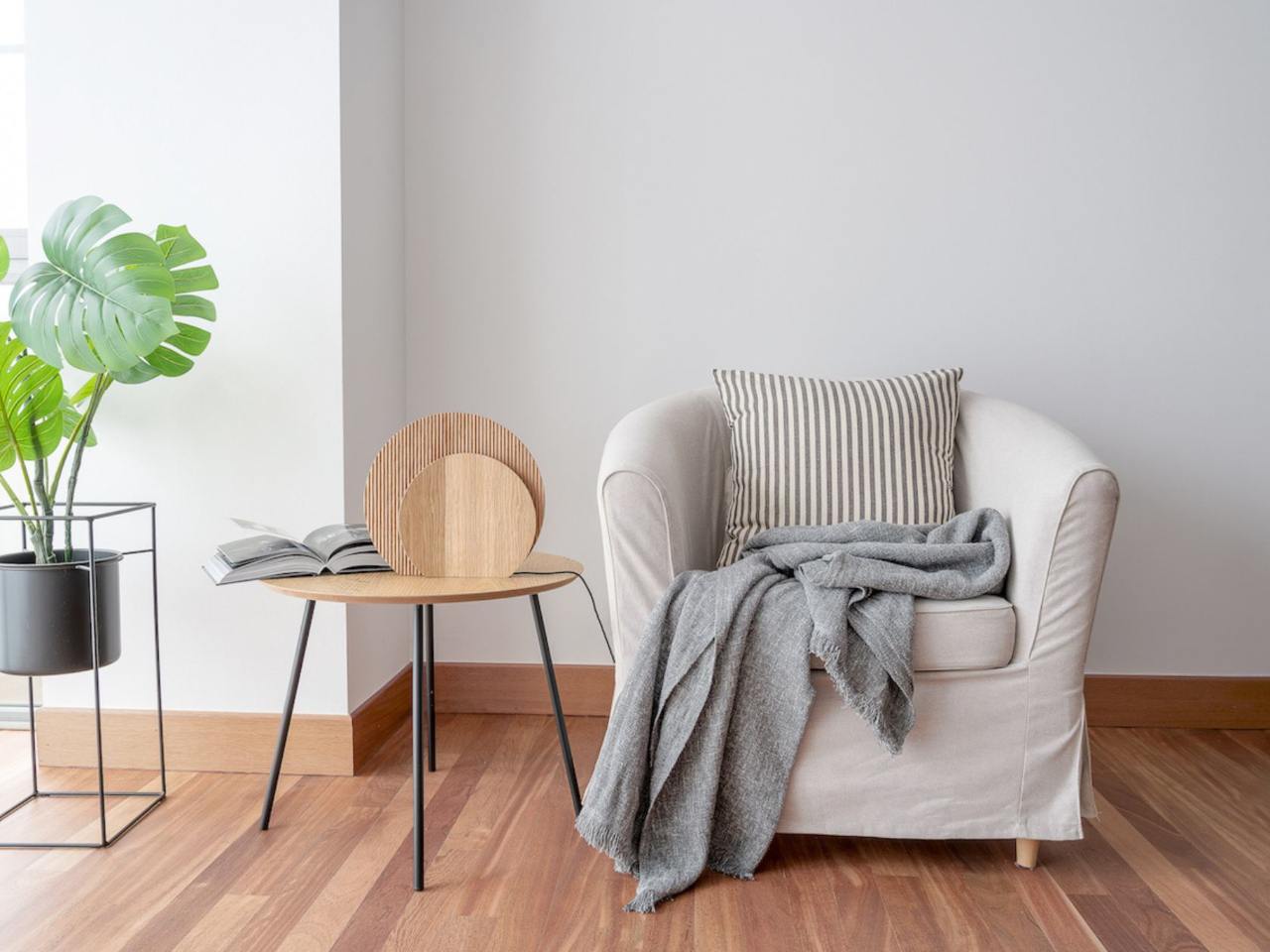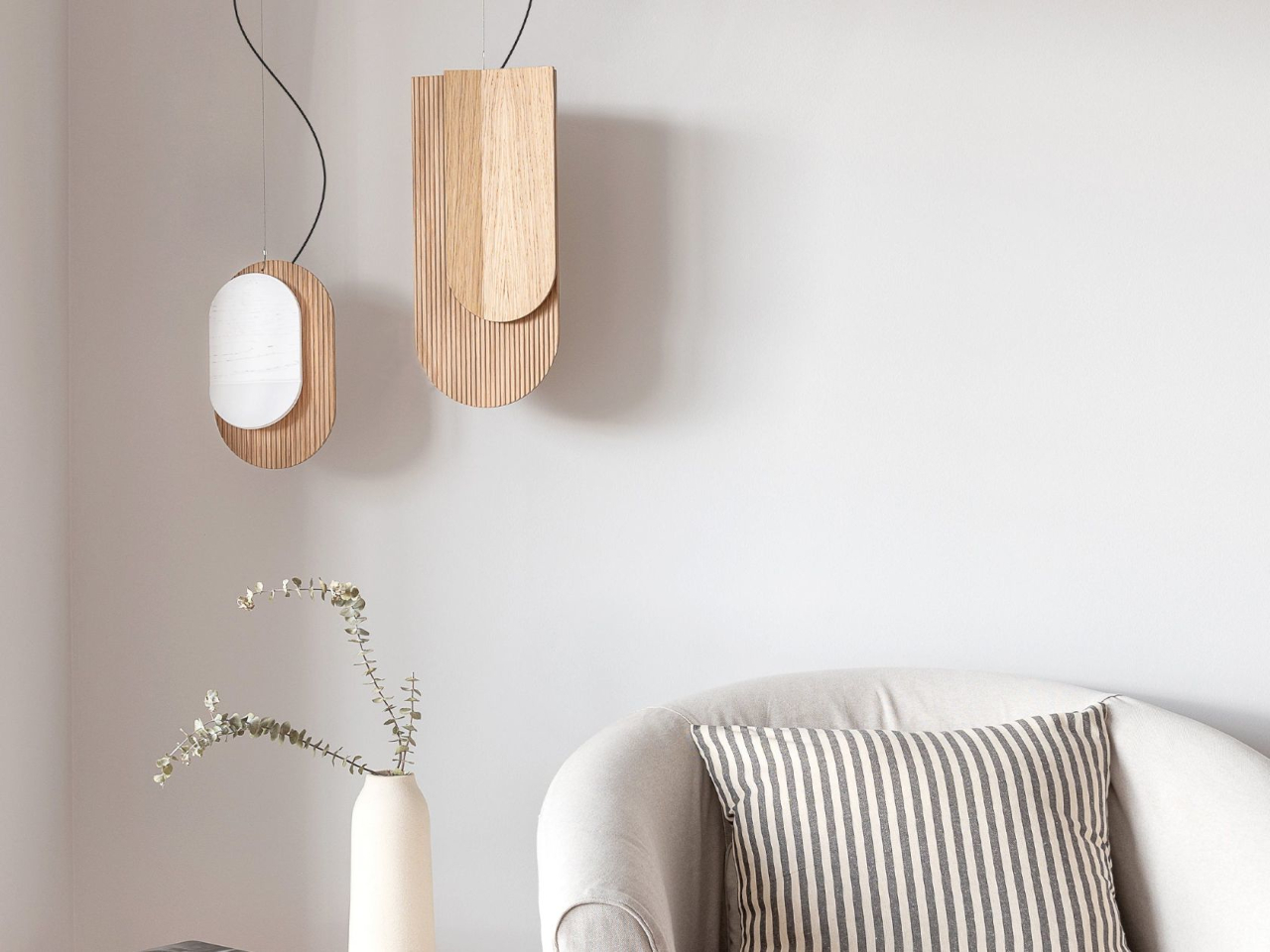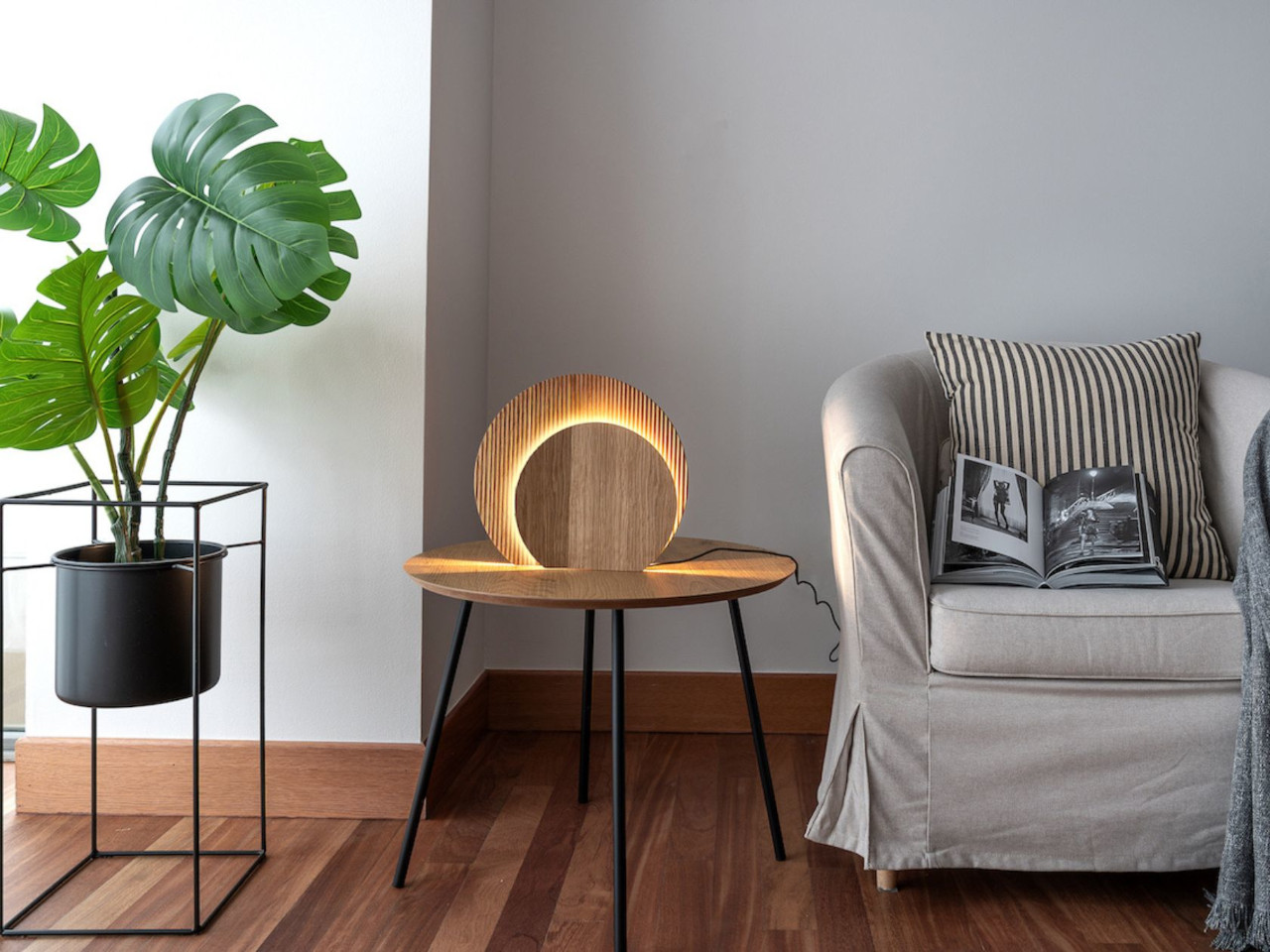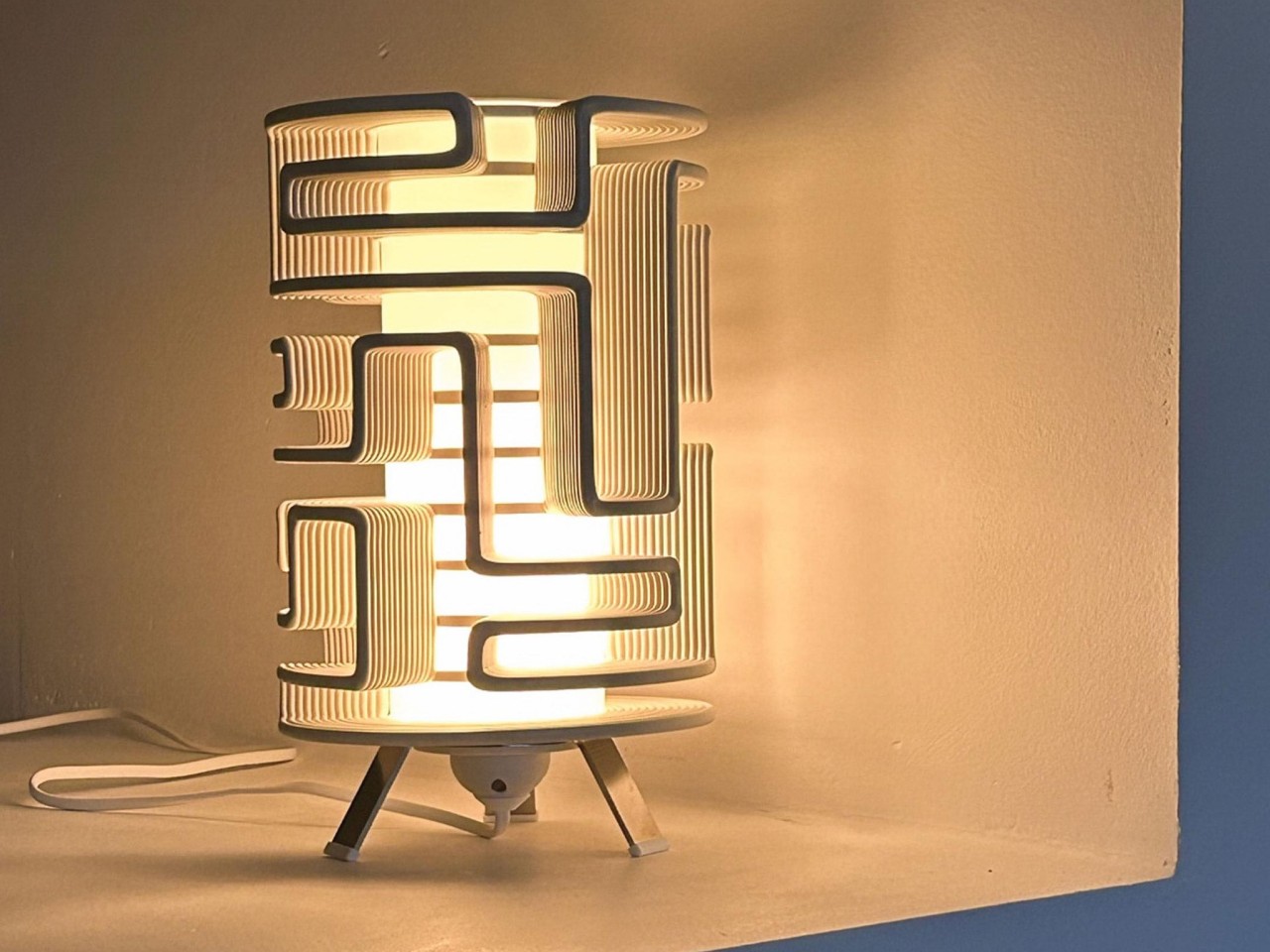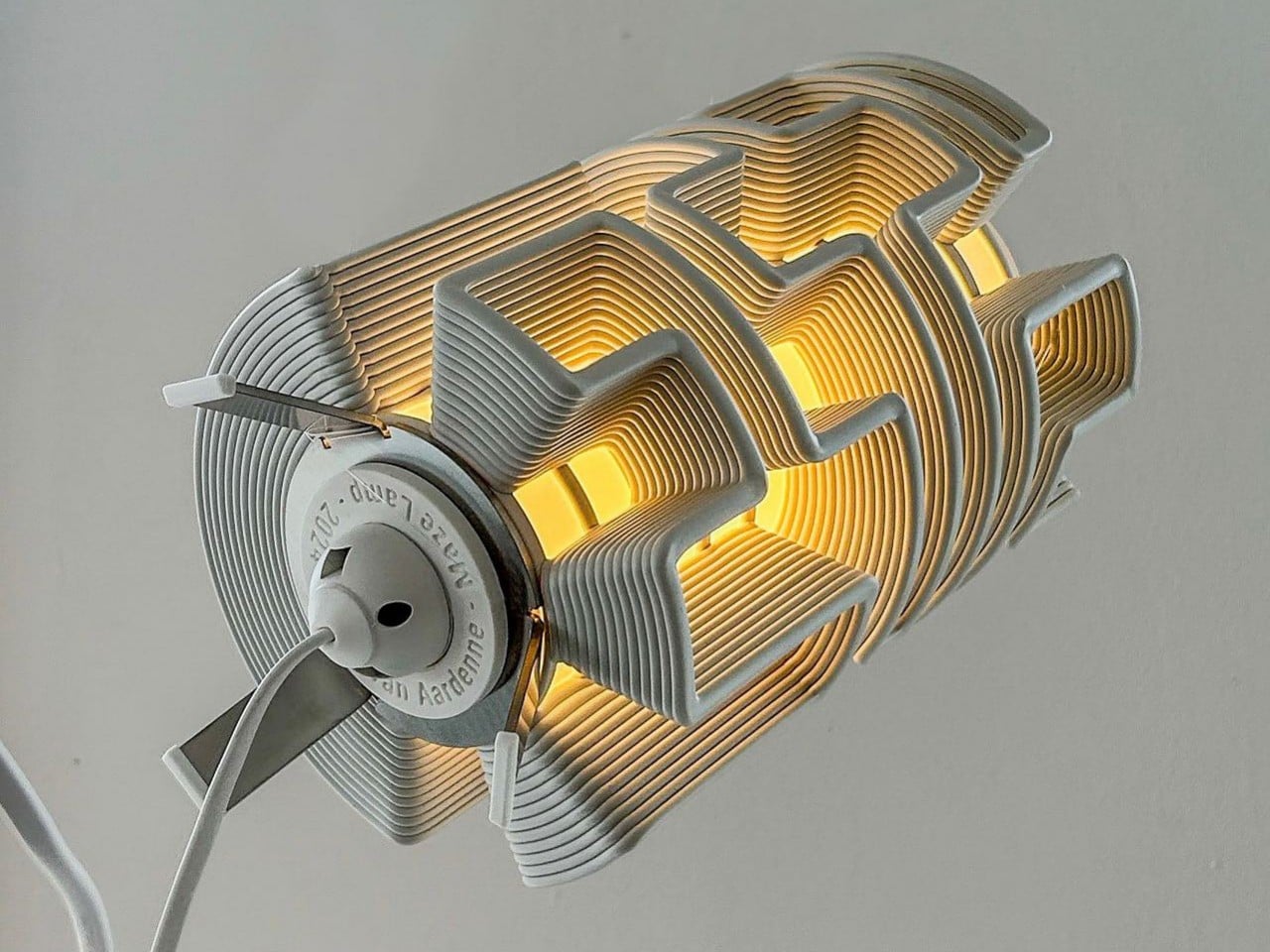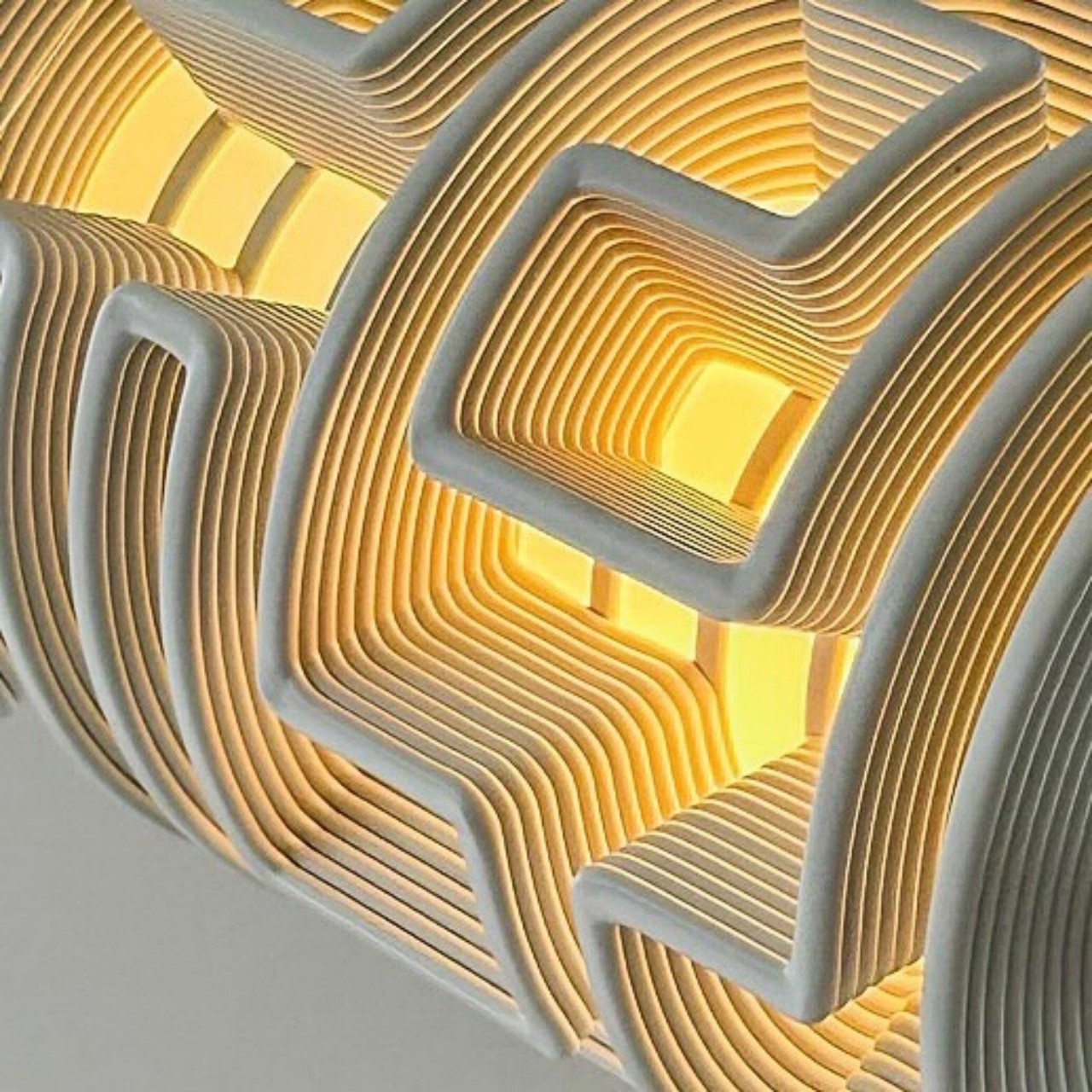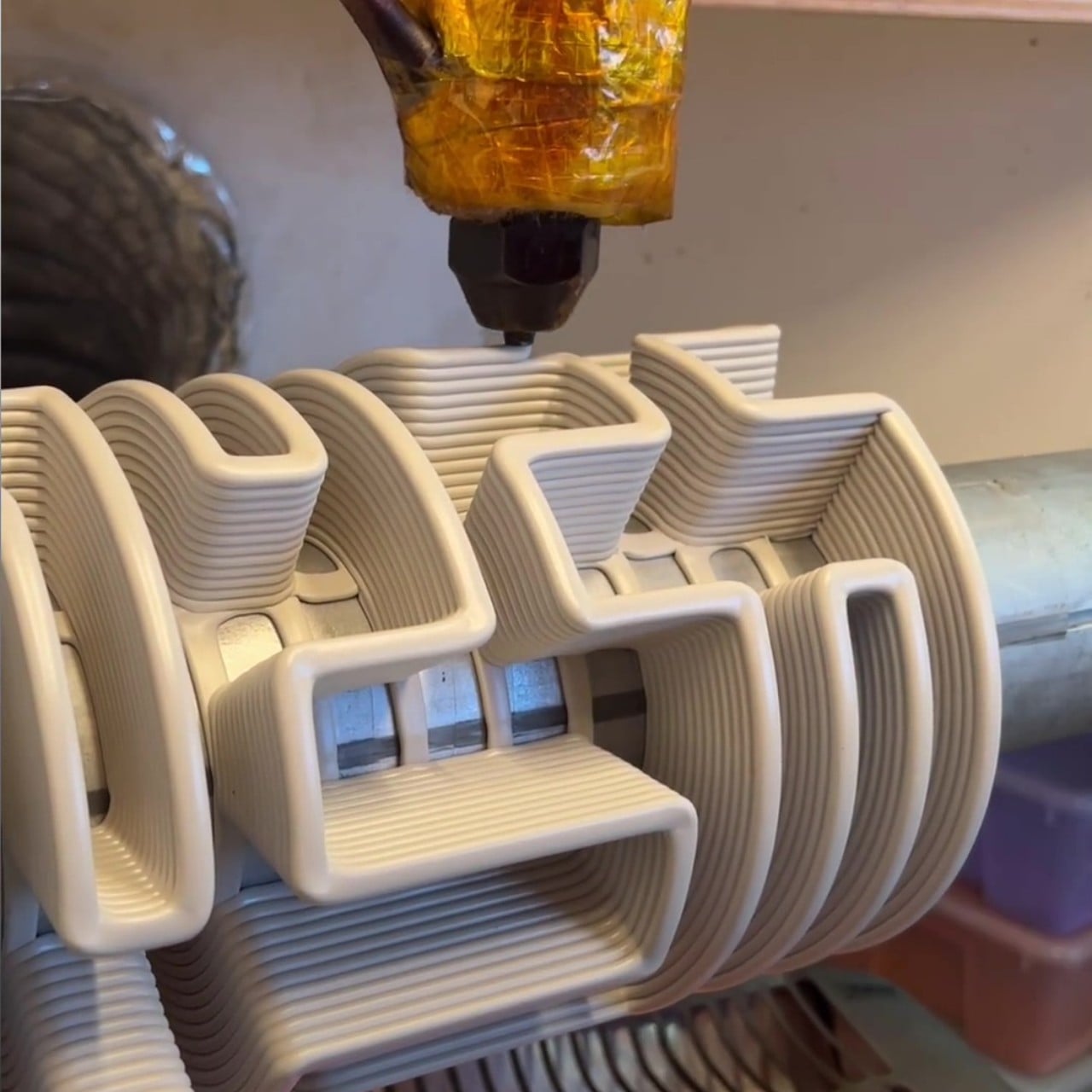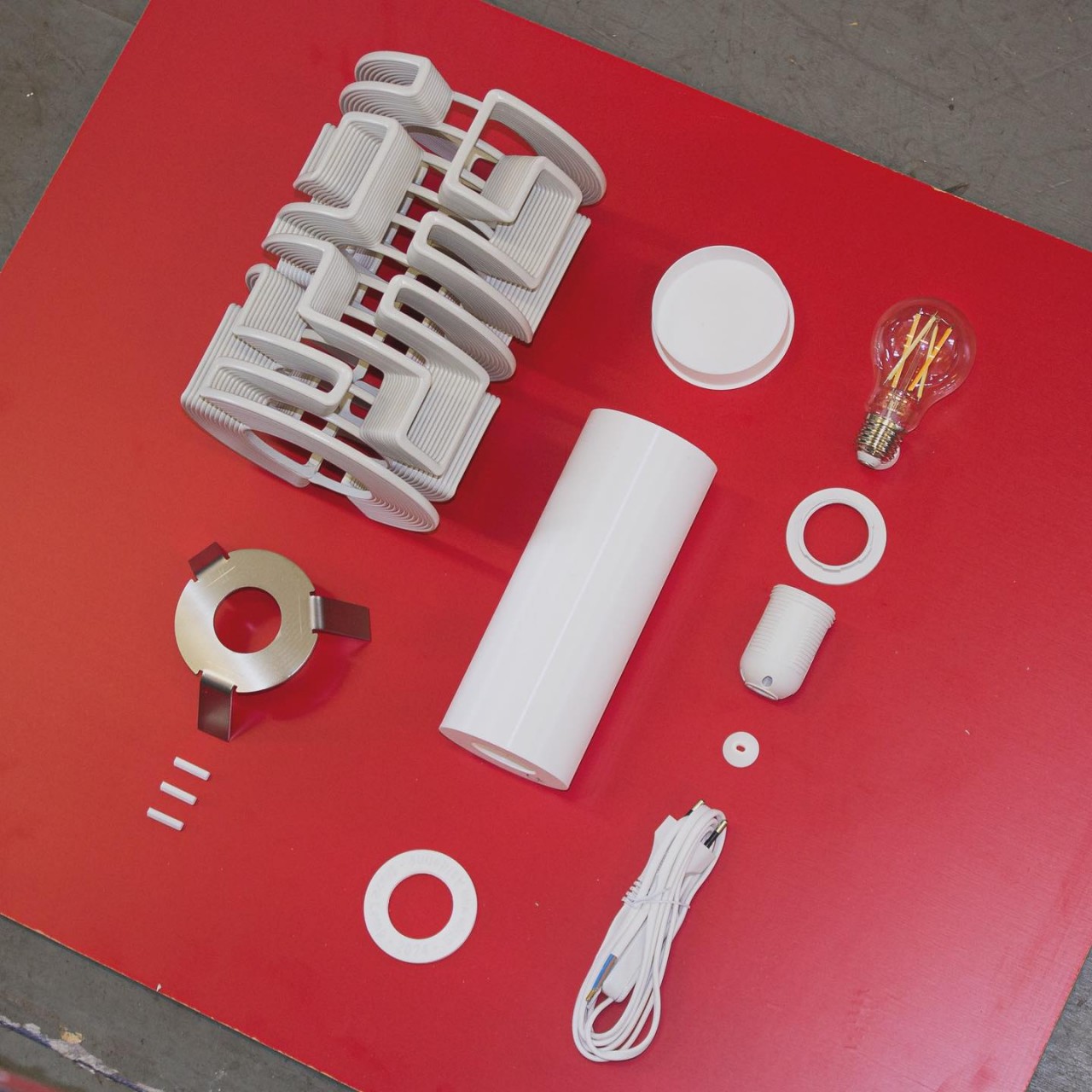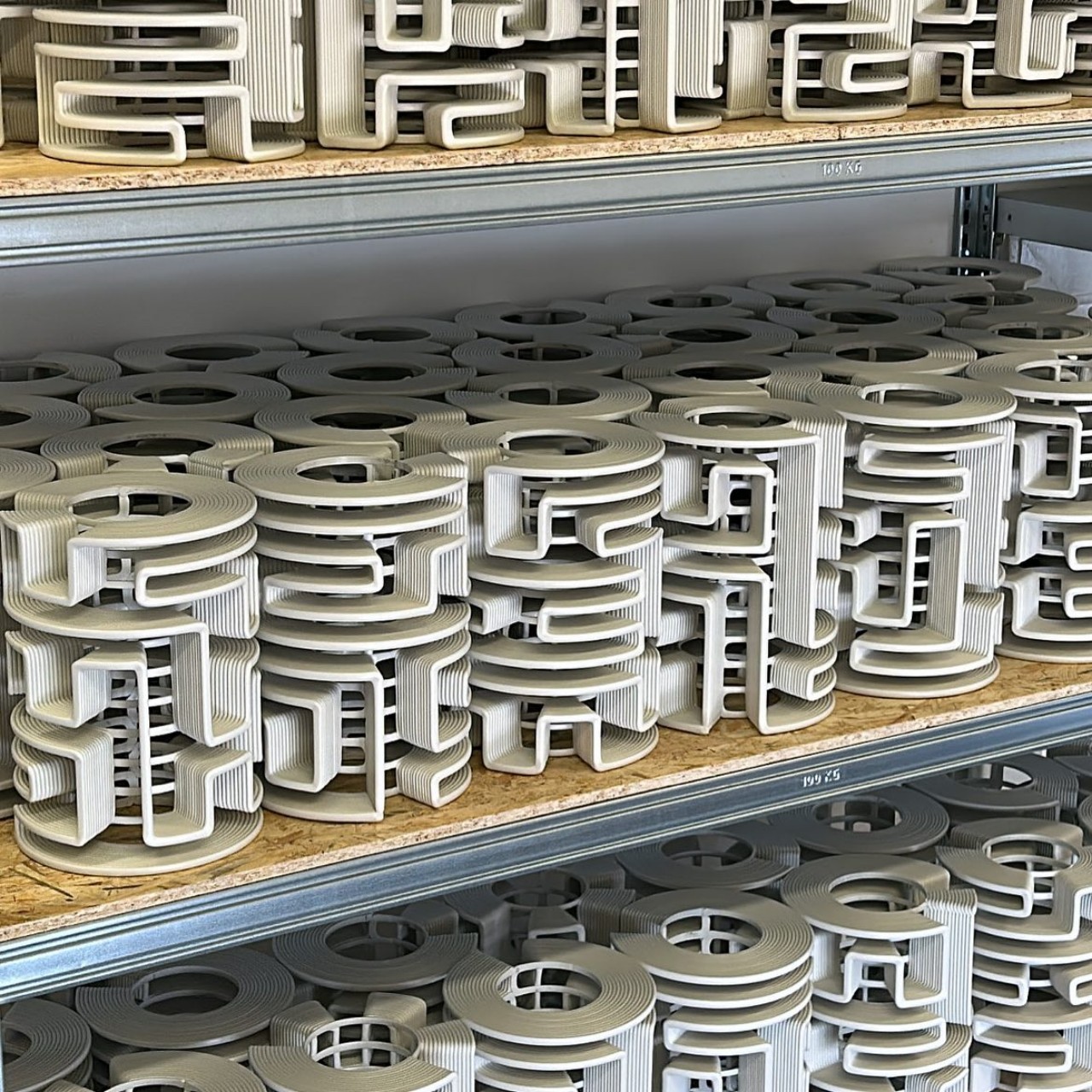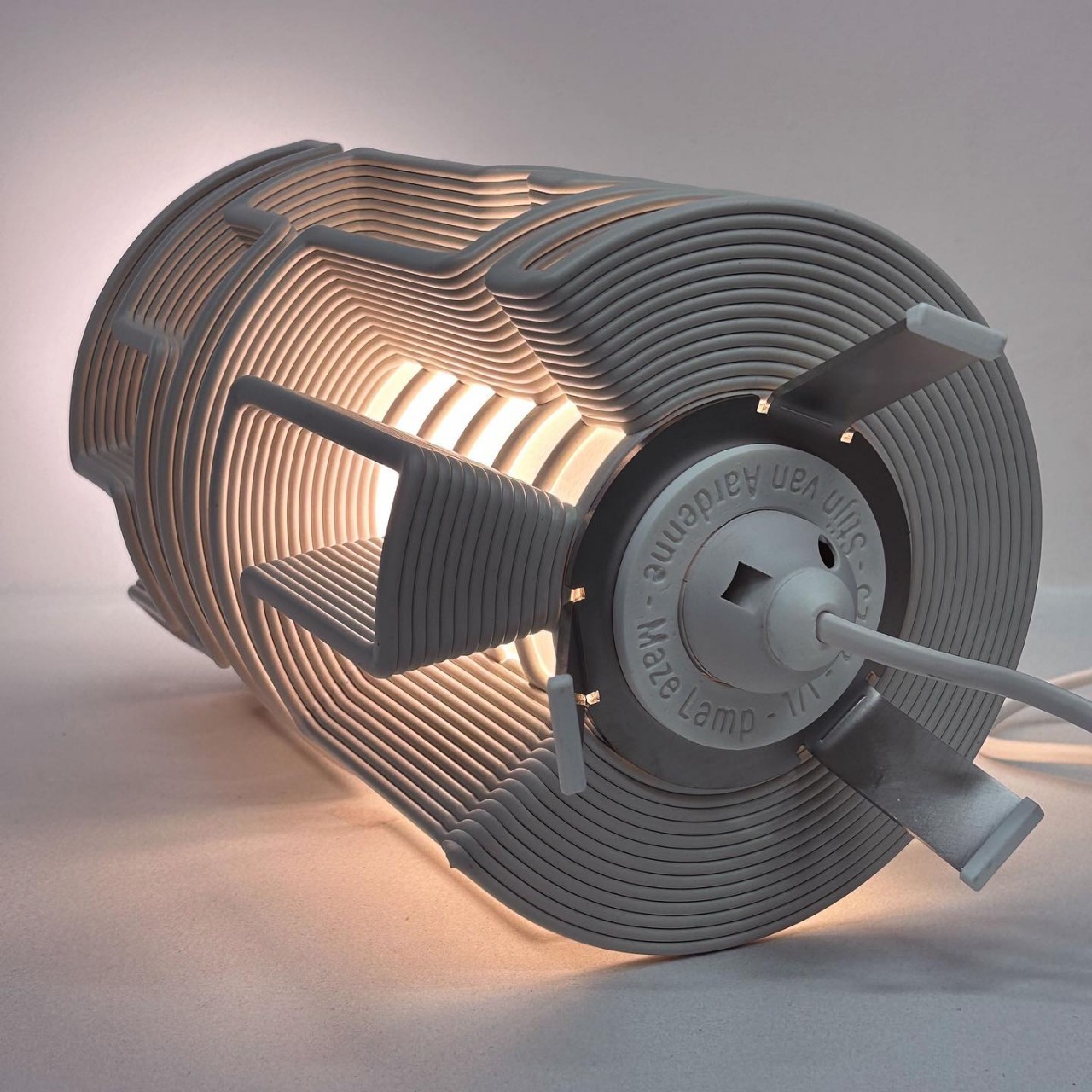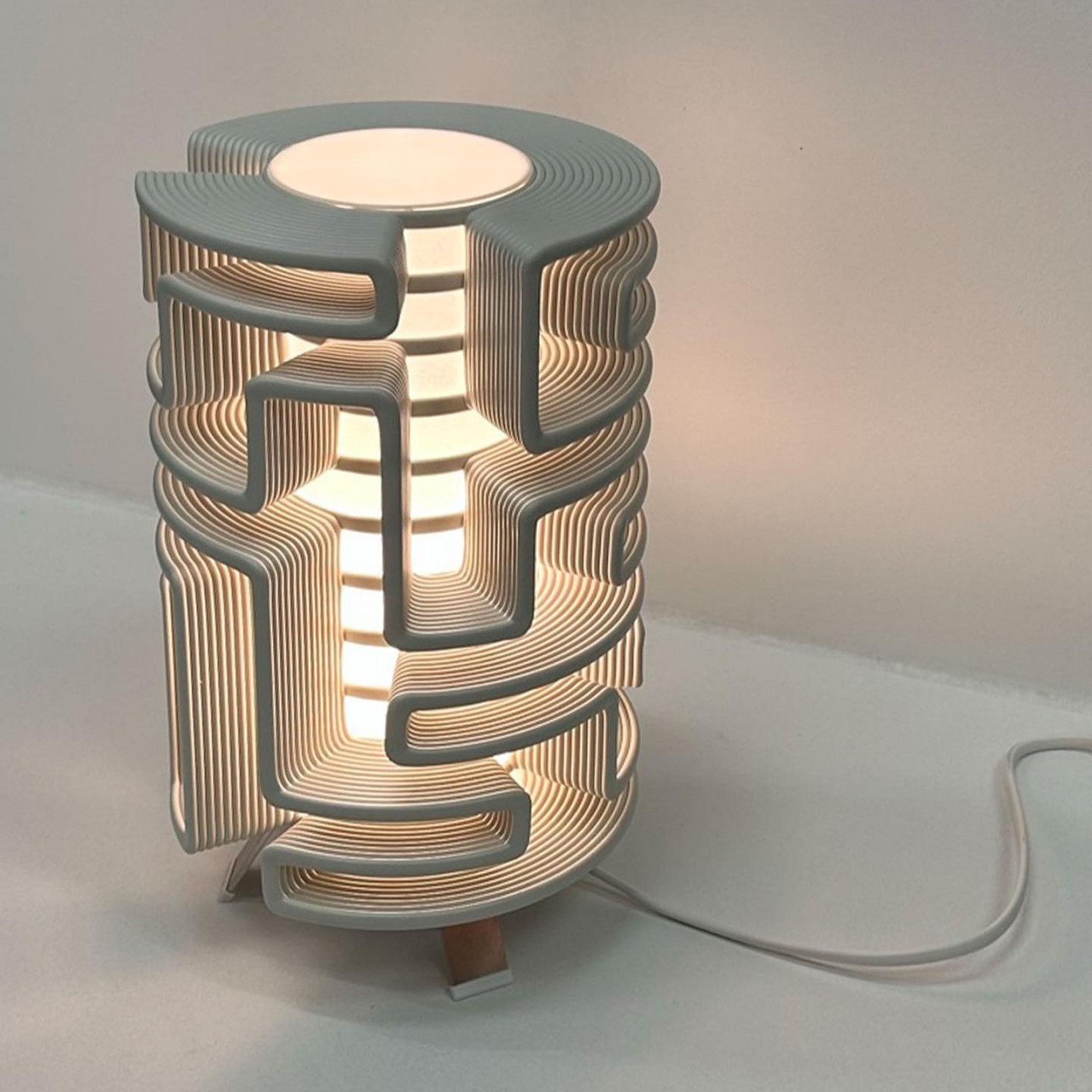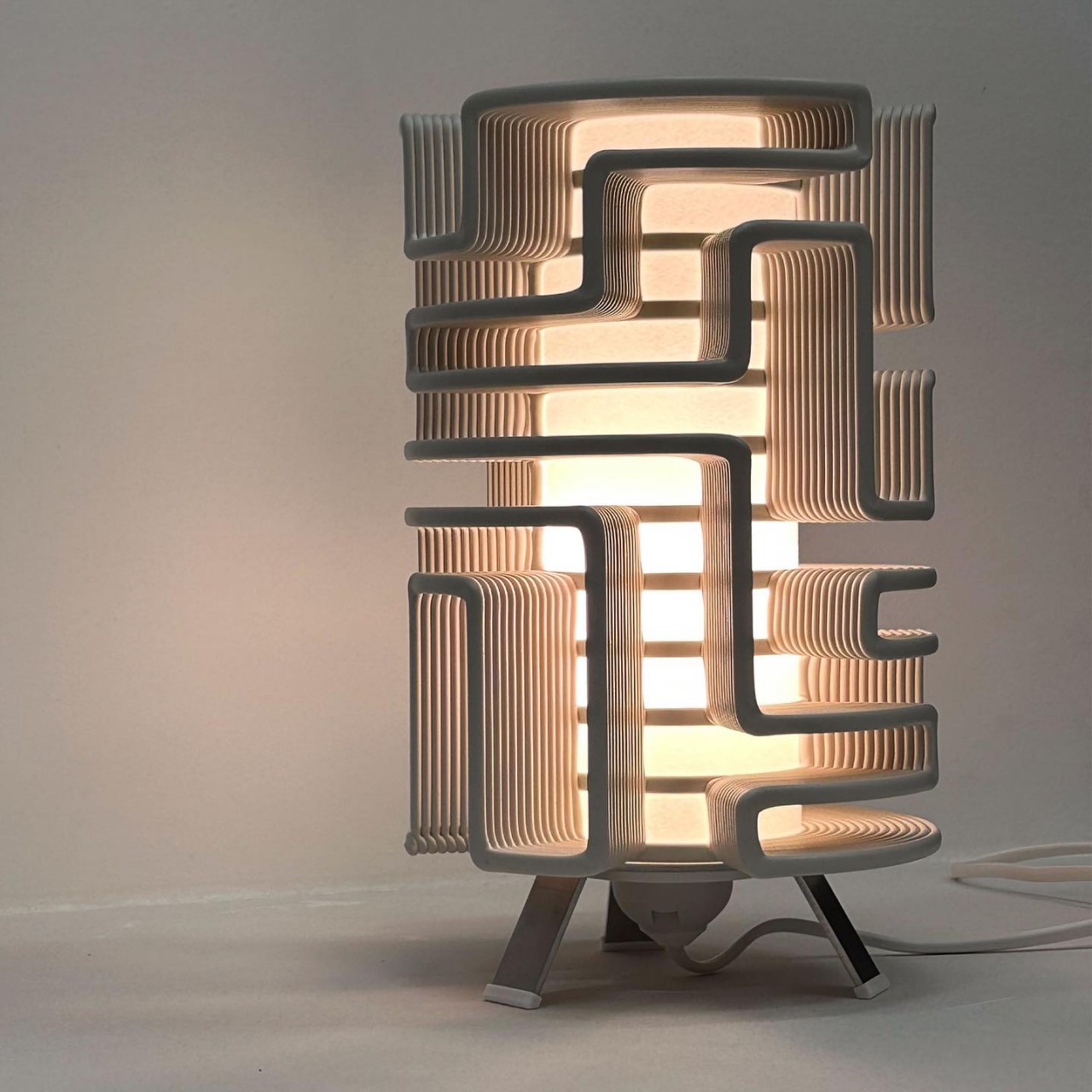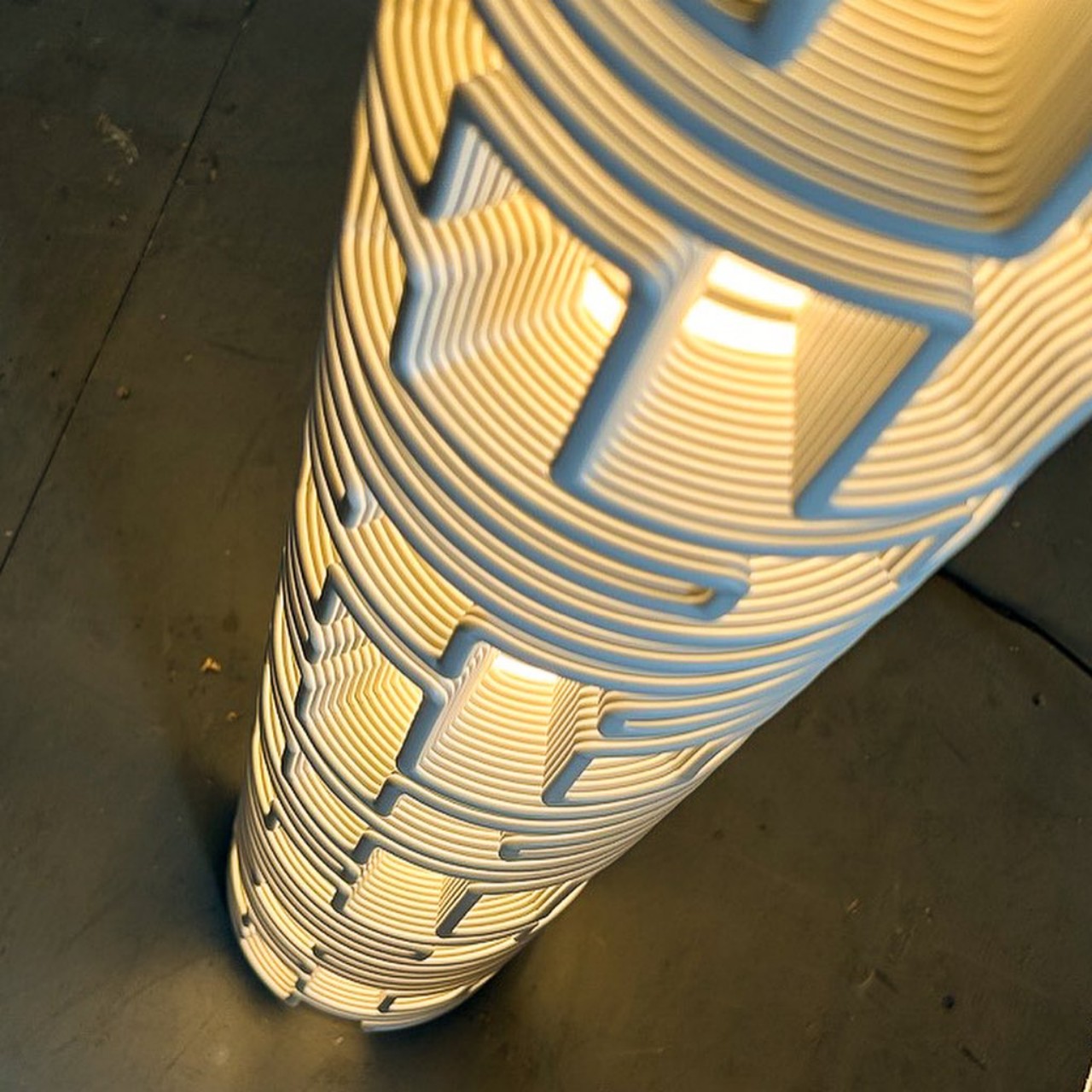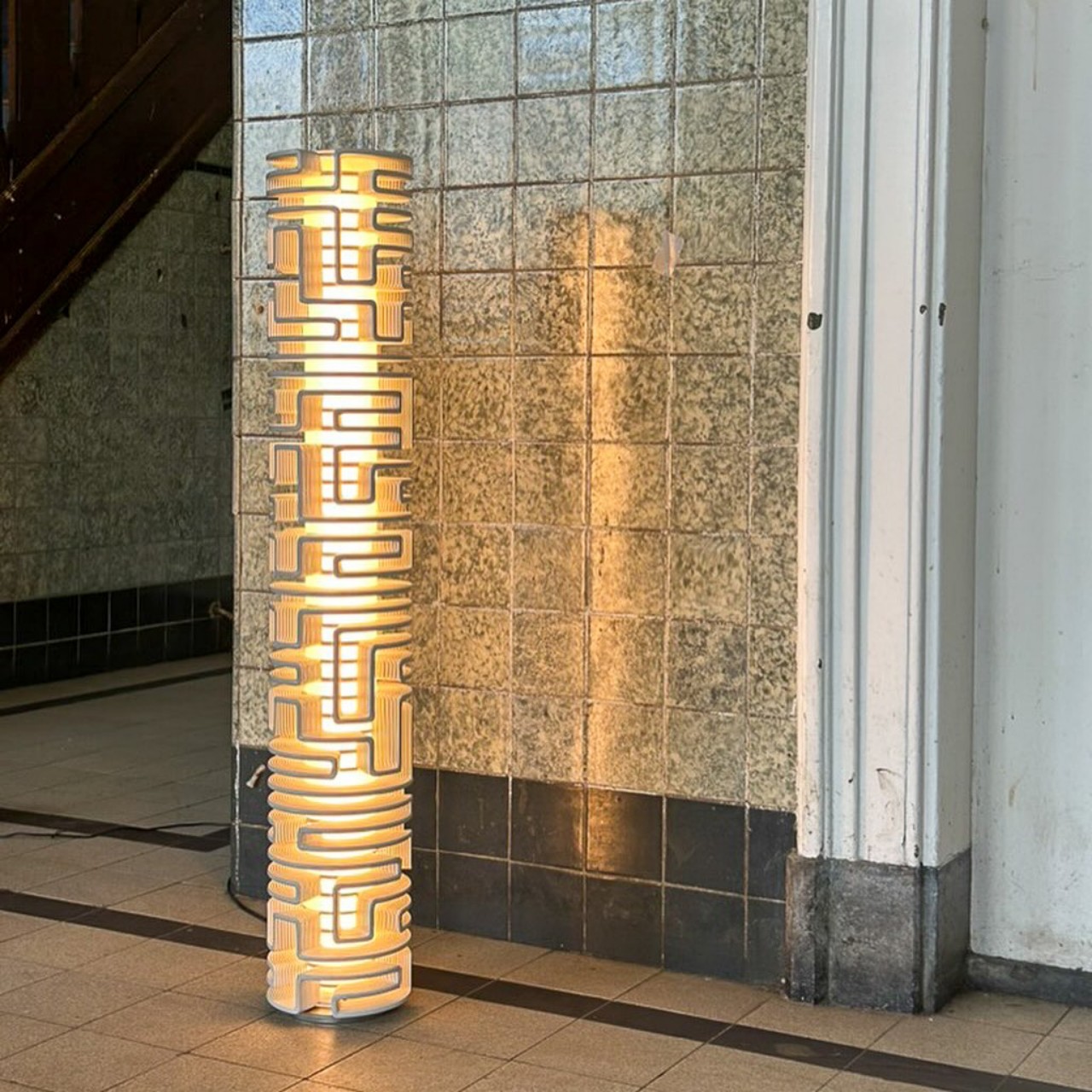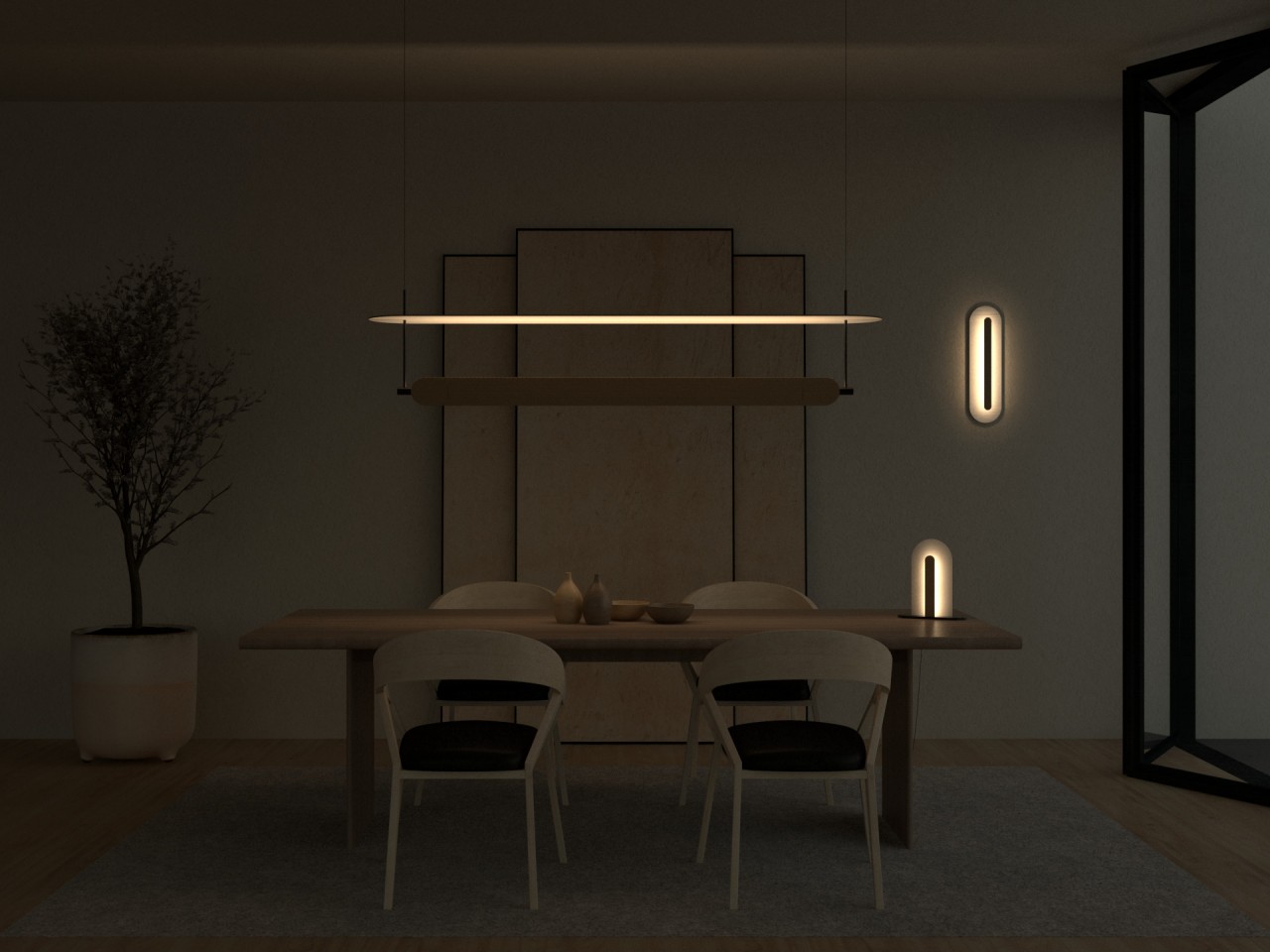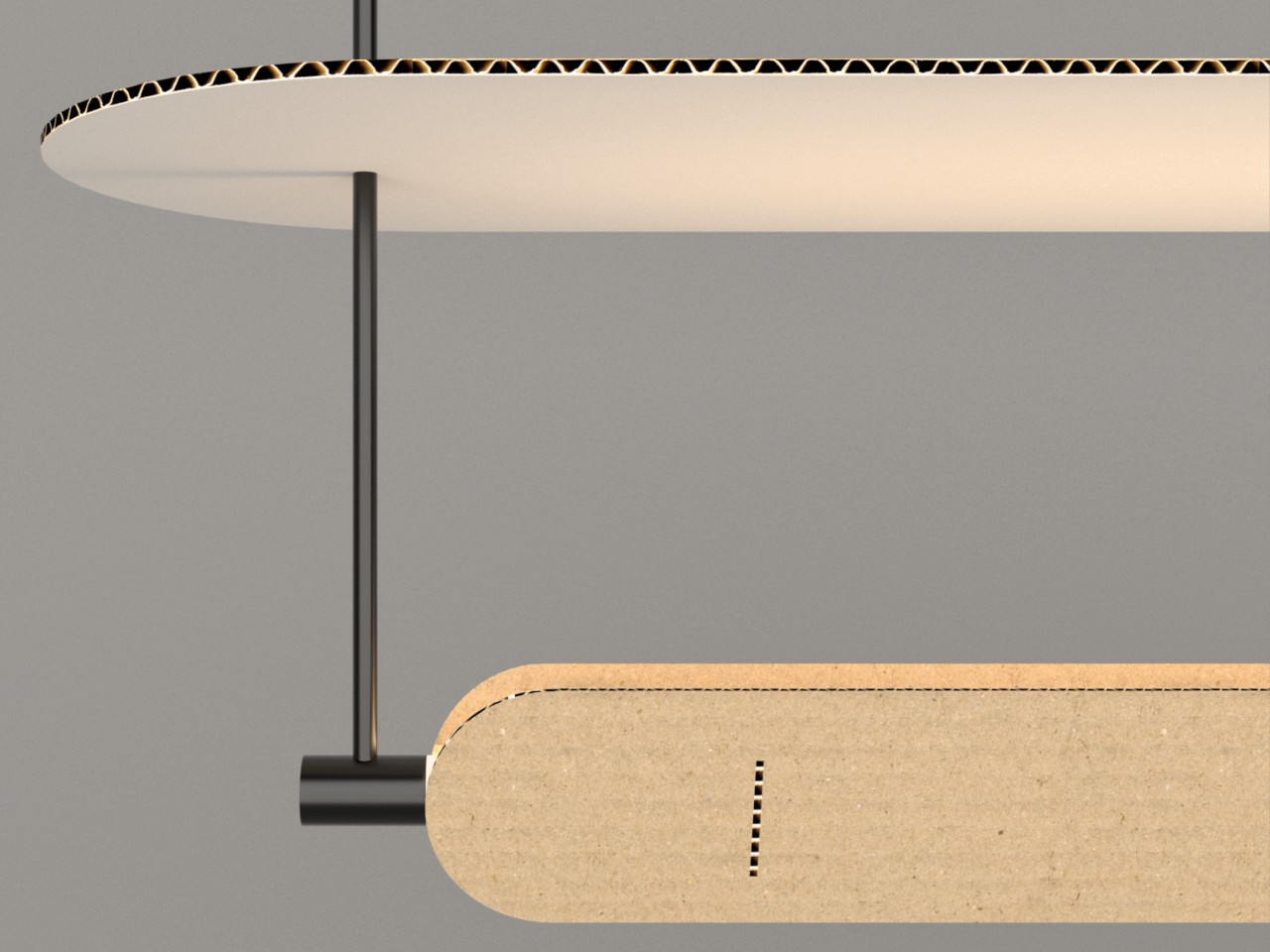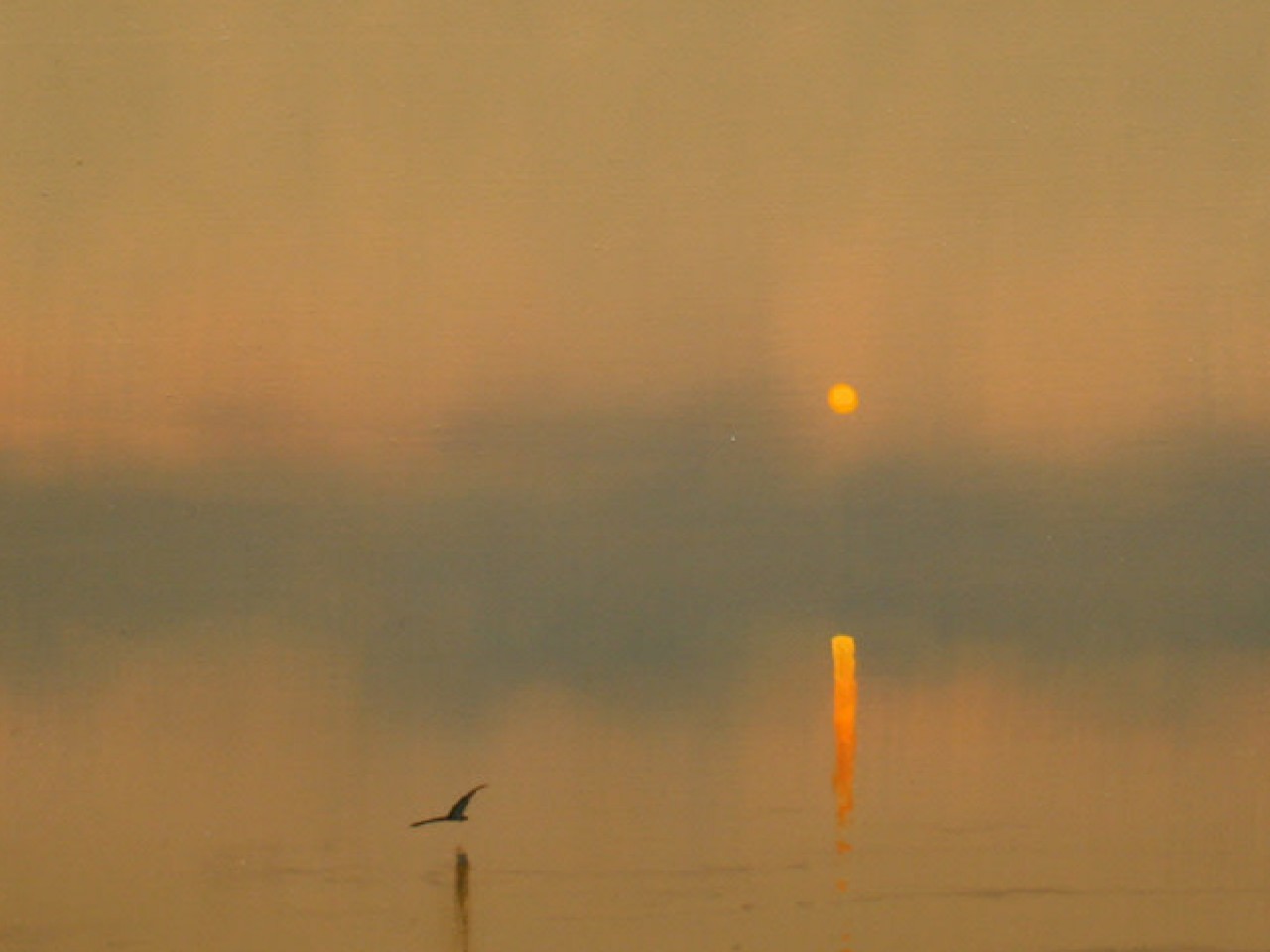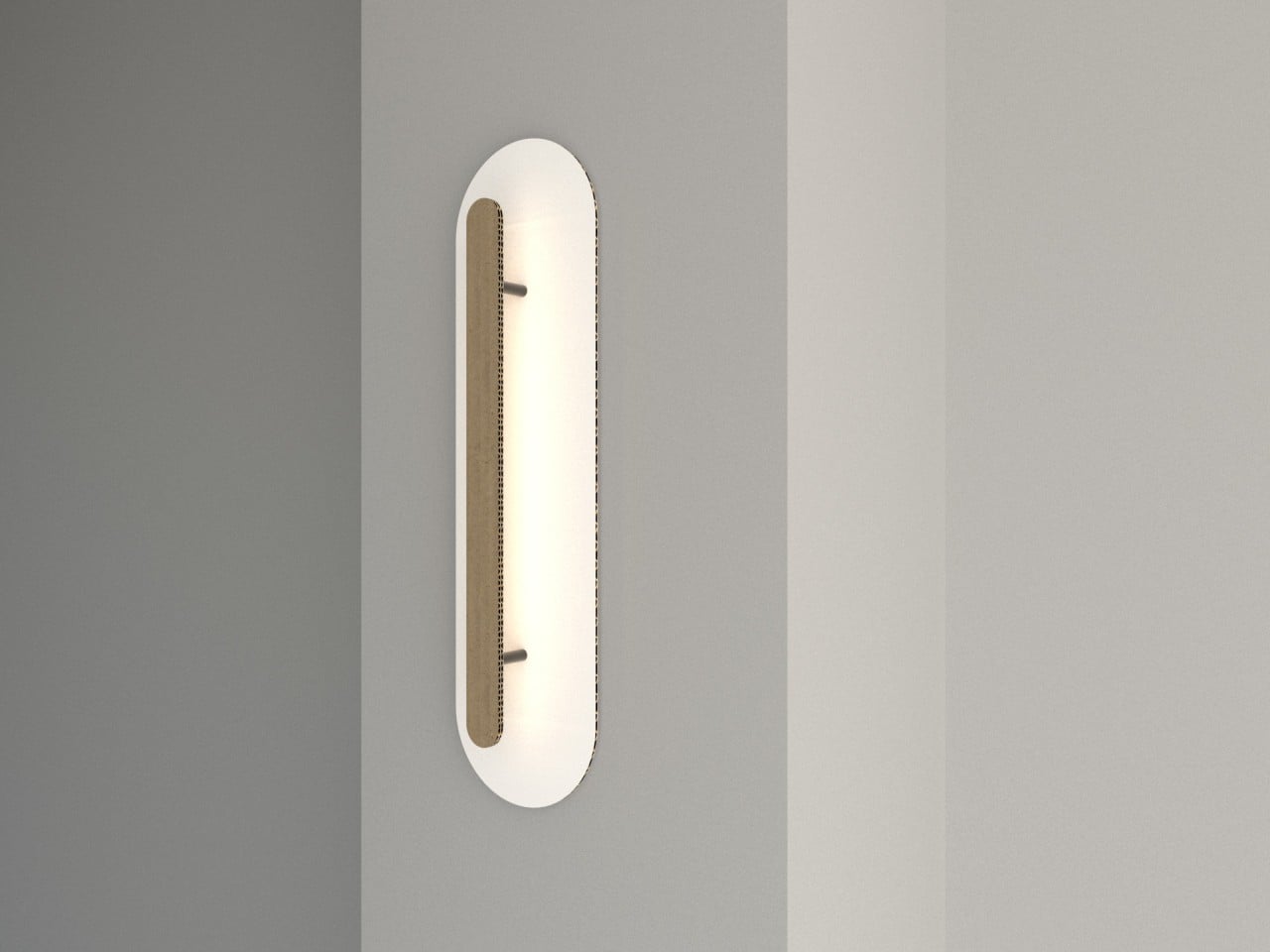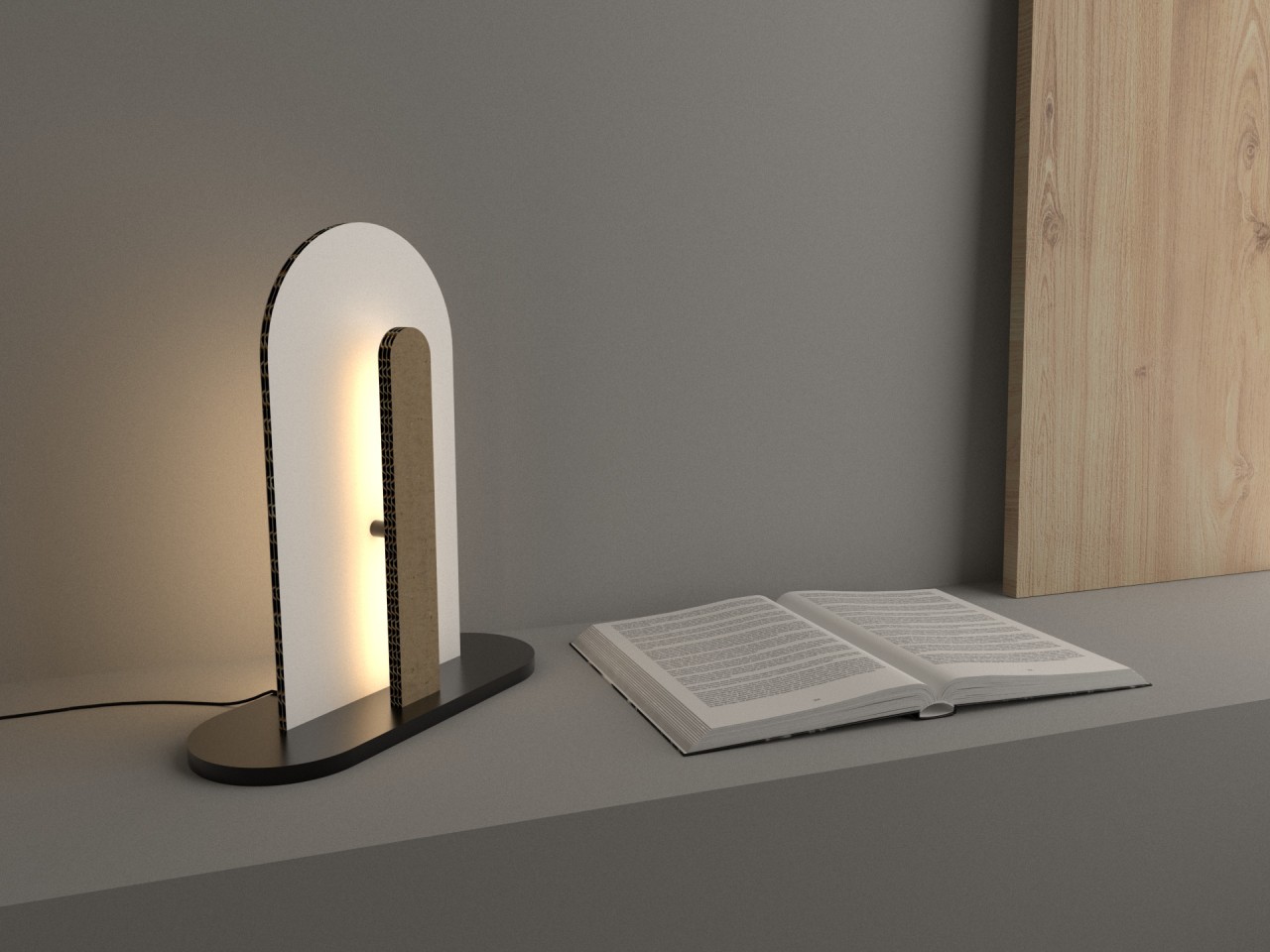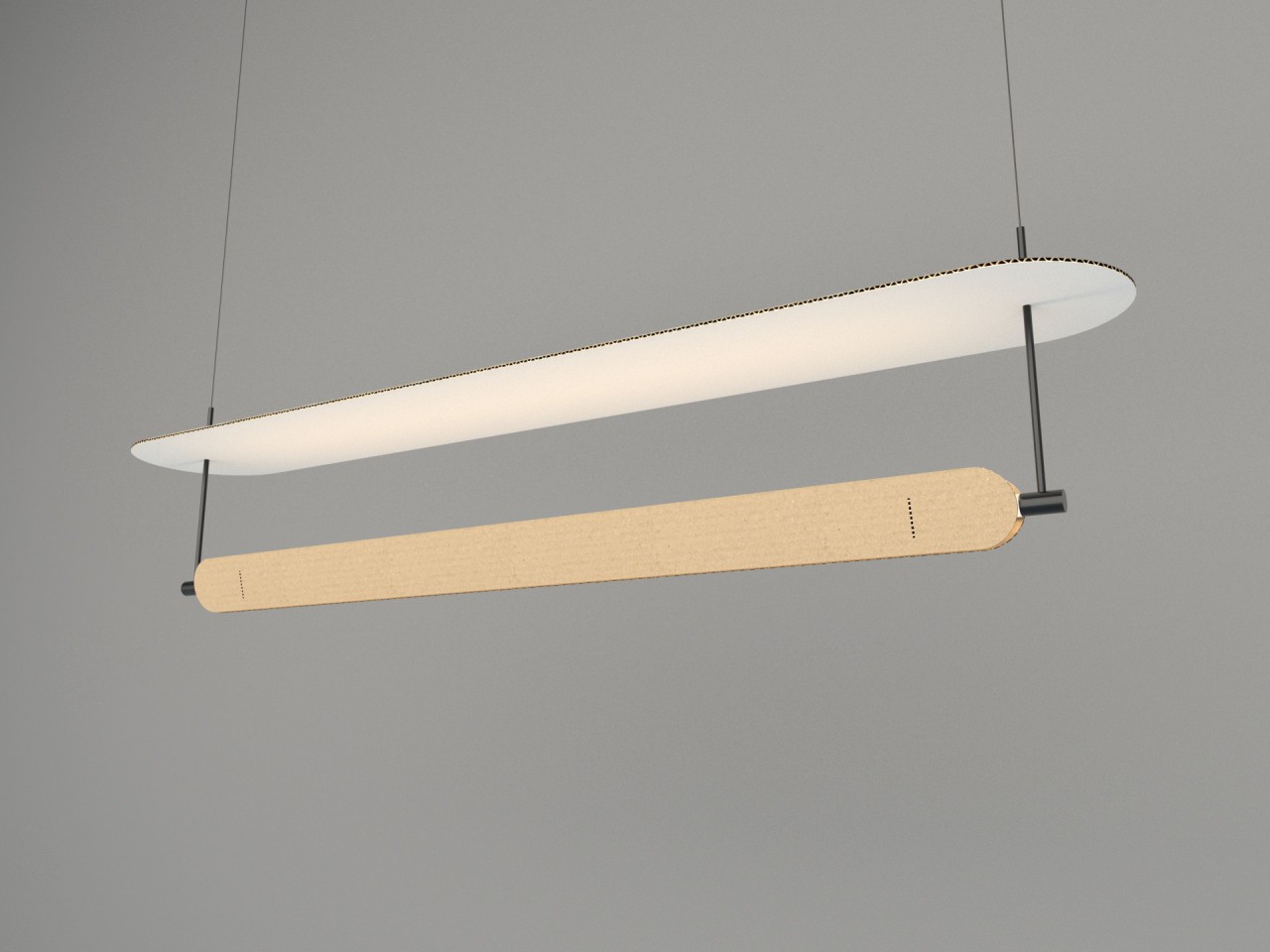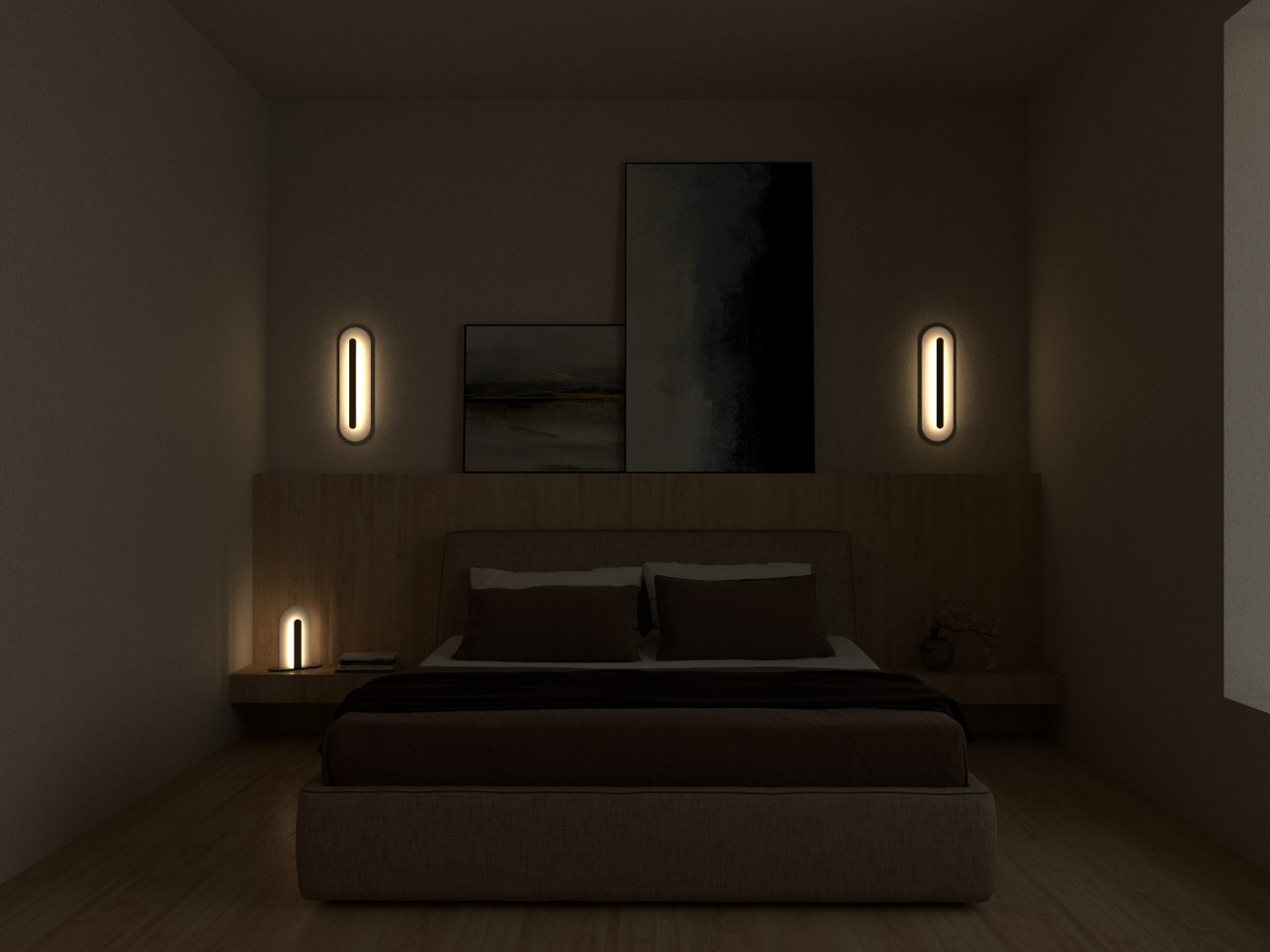
We hear a lot of sustainable designs that use recycled materials, though these often involve metal, plastics, wood, or even rubber. There are plenty more things that can be recycled and reused, from textile to food waste. The latter might be biodegradable, but they still contribute to the growing mass of garbage in landfills as well as the pollution of water. Of course, some of the parts of plants and animals that we throw can’t exactly be used for other purposes, but fruit skin can apparently be transformed into interesting materials, including a leather-like cover for a gigantic glowing orange.
Designer: Alkesh Parmar

Orange skins have very little use after they’ve been peeled off. Their oils and scents can be used for fragrances, but the peels themselves are often thrown out. They will decompose over time, but before that happens, they can pile up, clog pipes, and dirty the waters if disposed incorrectly. They might seem to be insignificant in number, but, like any waste, they all add up to become pollutants.


It turns out that the skin of citrus fruits like oranges can actually be used in a different way once they start to dry. They become pliable despite their thickness, making them feel like leather. And if you sew these pieces together, you can have a hard, cloth-like material that can then be used as part of other products, like this spherical pendant lamp that, perhaps by no coincidence, looks like a gigantic orange.



APeel is the name of the patent-pending process that utilizes waste citrus peels this way. Different citrus fruit peels have different properties, and orange seems to be well suited for fabric-like purposes. This creates a lamp with a unique visual that also looks like a miniature dying sun, and the equally unique texture it provides invites onlookers to interact with the object rather than just look at it.

Being made from a biodegradable base, APeel itself can be decomposed once it reaches the end of its life. The best use for it would be fertilizer for growing fruit trees like oranges, creating a circular economy that has very little waste. It’s a process that combines craftsmanship with critical design, resulting in an eye-catching product that captures the imagination and stimulates the mind.

The post Sun-like pendant lamp is actually made from orange peel waste first appeared on Yanko Design.













